
Start registration
2024-12-21Submit workshop briefing plans
2025-10-27Deadline for article submissions
2025-11-01the Judging of Justification Plans
2025-11-06End of article review
2025-11-11Submitting the final version of the articles
2025-11-21Registration completion deadline
2025-11-22Congress Dates
2025-12-17
Introducing Tehran | Pre-Travel Information to the Capital
Tehran, the capital of Iran, is the largest and most populous city in the country. This city has been the capital for over 200 years, where most important administrative, executive, and political decisions are made. With an area of 730 square kilometers, Tehran is considered the vibrant heart of Iran, influencing many aspects of the country's economic, cultural, scientific, and political activities. Therefore, today we are introducing the city of Tehran to provide a comprehensive overview of this beloved metropolis and familiarize you with its intricacies. For a more detailed exploration of this city, you can use Karnaval's Map and Navigation for Iran to view the details of its streets and cities.

Why Travel to Tehran?
- It is the capital of Iran.
- It hosts numerous cultural, political, sports, educational, scientific, and artistic programs and conferences.
- It includes multiple historical, cultural, sports, artistic, and natural attractions.
- It is one of the top five tourist destinations in Iran.
- It features many traditional and modern bazaars and shopping centers with diverse products.
- Several of the country’s most famous pilgrimage sites and shrines, such as Imamzadeh Saleh and Shah Abdol Azim Hassani, are located in this city.
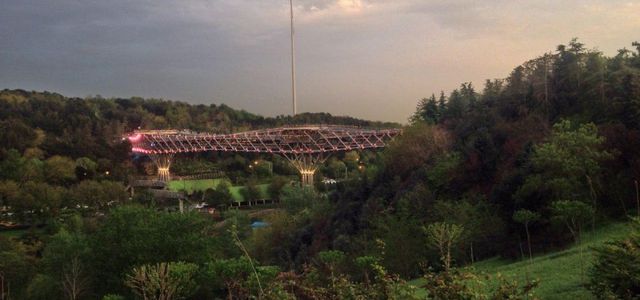
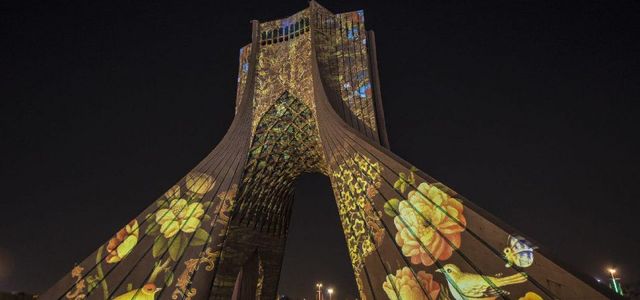
General Information About Tehran
Ethnicity and Language: The original inhabitants of Tehran spoke Persian; however, over time, with the city's expansion, various ethnic groups including Azerbaijani, Kurdish, Mazandarani, Gilaki, Armenian, Arab, and Lor migrated to this city. Today, most people in Tehran speak Persian, and many have a Tehran accent.
Population: According to the latest census conducted in 2016, Tehran's population is 8,737,510. This population resides in 22 urban regions and 374 neighborhoods.
Religion: Most Tehran residents are Muslim and Shia; however, there are also minority communities of Jews, Christians, Armenians, and Sunnis living in the city.
Sister Cities: Tehran is sister cities with Seoul, Los Angeles, Dushanbe (Tajikistan), Havana (Cuba), Brasília (Brazil), Khartoum (Sudan), Paris, Jerusalem, Caracas (Venezuela), Pretoria (South Africa), Sana'a (Yemen), Minsk (Belarus), Istanbul, Baghdad, Hanoi (Vietnam), Ankara, Beijing, Budapest, Tbilisi, Kabul, and Moscow.
October 6th - Tehran Day | The Day of the Constitutional Proclamation Signing
In July 2016, proposed by the Tehran City Council, October 6th was chosen as Tehran Day. But why was this day named as such, and what is the reason behind it?
Exactly 111 years ago, on the 6th of October 1286 in the Persian calendar, approximately one year and three months after the signing of the Constitutional Proclamation by Shah Mozafar al-Din Qajar, the supplementary constitution was signed by Shah Mohammad Ali Qajar, and according to its fourth article, Tehran was declared as the capital of Iran.
On this occasion, the Tehran Municipality implements various programs such as reducing cinema entrance fees by half, offering free visits to municipal house museums, and more.
Areas and Neighborhoods of Tehran
Tehran consists of 22 districts and 376 neighborhoods; if you want to obtain complete information about the districts, you can visit the Tehran Municipality website in the sections related to the districts. For more acquaintance with each neighborhood of Tehran, you can also visit the Tehran Neighborhoods website .
Urban Divisions of Tehran
To introduce the districts and neighborhoods of the capital more simply and practically, we have divided them into five sections. In general, people use this categorization for giving addresses and discussing different areas. These five sections include North, East, West, South, and Central. Northern Tehran is the most luxurious and expensive part of the city with mountainous weather. The central part of the capital is the busiest area of the city and contains the most tourist and historic attractions in Tehran. The eastern part of Tehran is known for its religious and national celebrations, and several of the most famous markets and shopping centers are located in this corner of the city. Western Tehran is considered one of the relatively newly developed parts of the capital, with numerous shops, shopping centers, recreational attractions, and dining options, making it an attractive option for entertainment. Southern Tehran has also seen significant development in recent years and houses several of the city’s most famous religious attractions and traditional and modern markets.
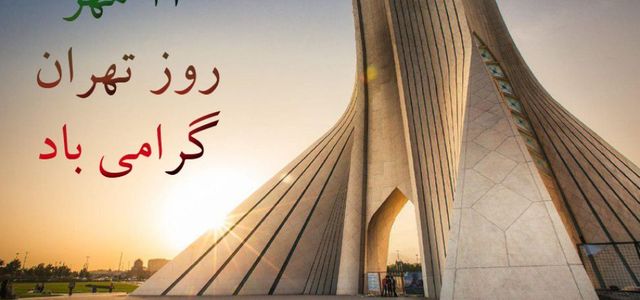
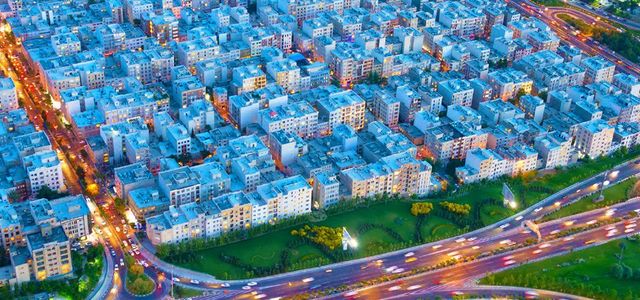
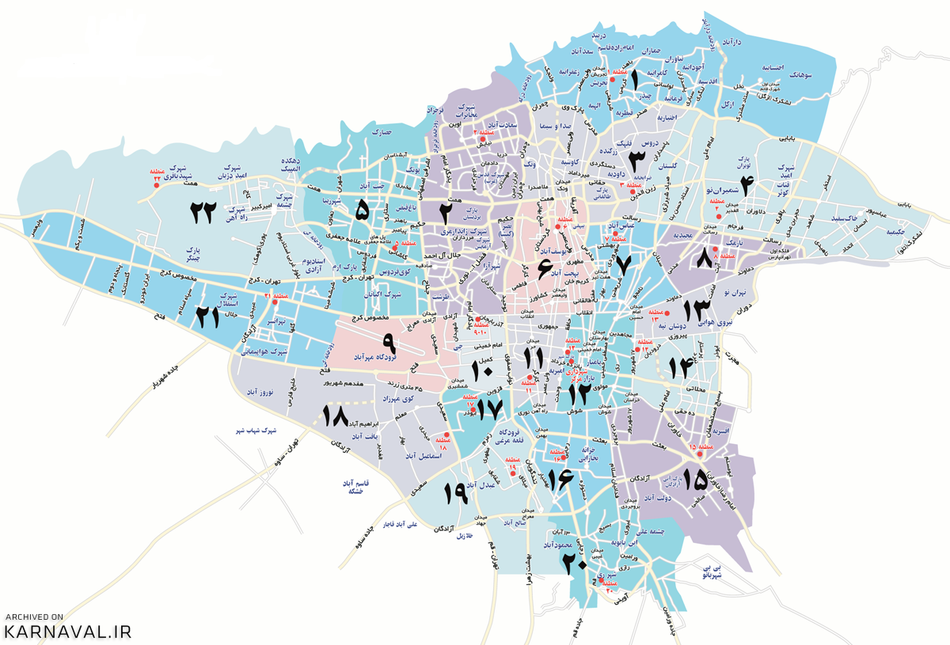
Interesting Facts About Tehran
1
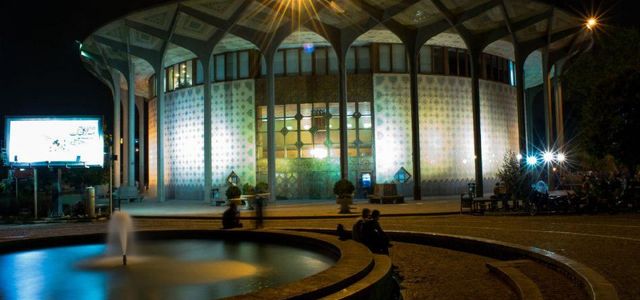
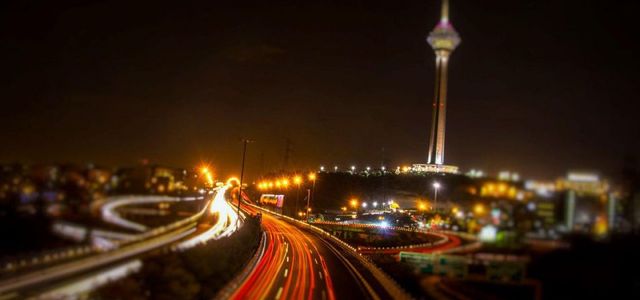
Travel and Tourism Information about Tehran
Customs and Traditions
Many of the local customs of Tehran have been forgotten over the years with the advancement and modernization of the city. However, practices such as the mourning rituals of Muharram, customs of the New Year, and Nowruz still distinguish this city from other global metropolises.
The Mourning Customs of Muharram in Tehran: One of the most magnificent mourning ceremonies of the months of Muharram and Safar occurs in Tehran and Shahr-e Rey. The presence of shrines like Shah Abd al-Azim Hasani, Imamzadeh Saleh, Imamzadeh Davood, etc., has led to grand mourning ceremonies for Imam Hussein (PBUH). The mourning rituals in the Tehran bazaar are also very famous and have a history of several hundred years.
Naghali: One of the popular arts of old Tehran is Naghali (storytelling), which is listed in UNESCO's intangible cultural heritage. This art was mainly performed in teahouses, where the storyteller recited epic tales such as Shahnameh and the Battle of Karbala in a melodious voice. Today, the tradition of Naghali is mostly featured in specific cultural programs.
Siah Bazi: Siah Bazi or Rouh-uzhi is an art that is gradually being forgotten, once thriving in Tehran not long ago. Siah Bazi was a type of comedic performance in which performers engaged in acting, dancing, music, and singing. In the past, during celebrations and gatherings, residents placed a large board over the pool in their homes and performed plays on it.
Offering religious vows, reciting poems of birth, cooking Samanu, Ash-e Dandan, Paatkheti, and other related ceremonies are also important customs among the people of Tehran.
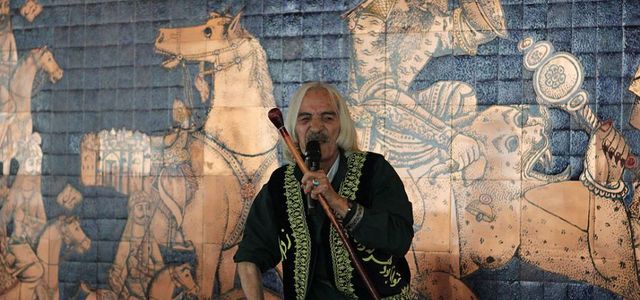

Souvenirs and Handicrafts
Tehran's souvenirs and handicrafts are not particularly rich, and many types have been forgotten over time and with the modernization of the city. Nevertheless, there are several souvenirs and handicrafts that can be taken from this city as mementos:
- Pushtah Dozi, Gilim, and Jajim woven by the tribes of Tehran
- Woodturning products
- Various jewelry and decorative items, leather bags and shoes, glassworks, and felt products
- Modern jewelry made with
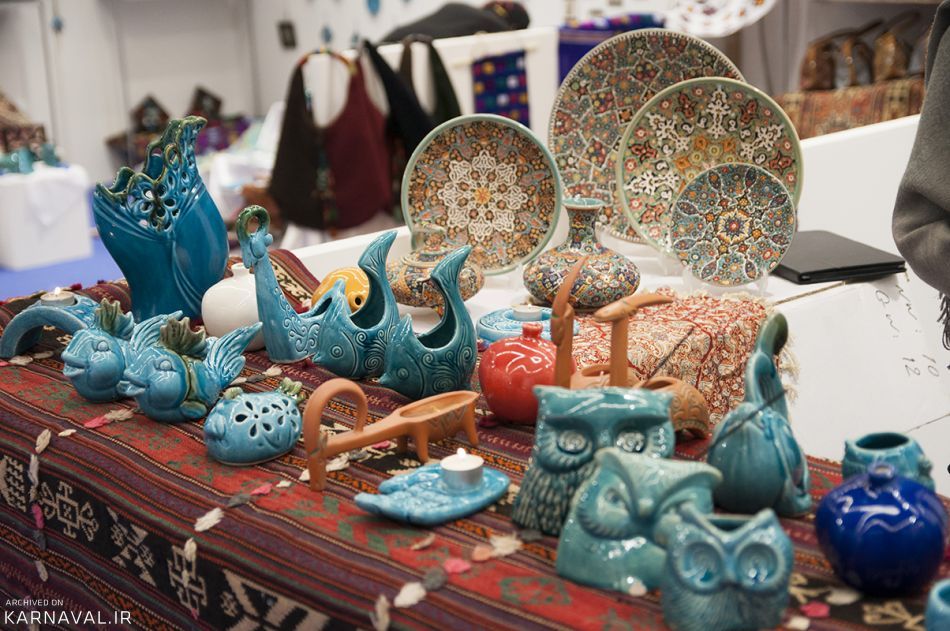
Food and Delicacies
Traditional Ice Cream: Traditional ice cream or saffron ice cream is one of the delicious foods that was first made and sold in Tehran. This tasty ice cream is made from milk, eggs, saffron, rosewater, sugar, flour, vanilla, and salep (a flour made from the tuber of a wild orchid). The first Iranian ice cream was Akbar Mashti's ice cream, who opened his ice cream shop near Imam Khomeini Square. He made changes in the production method of ice cream and believed that Iranians preferred to add cream, rosewater, saffron, and so on to their ice creams.
Sar Ganjashki: One of the local dishes of Tehran is Sar Ganjashki, made from ground meat, potatoes, and tomatoes.
Barley Pilaf: Another traditional dish of Tehran is Barley Pilaf, which is mainly prepared in Lavason, where locals use a type of local herb called Tableh.
Spinach Soup: This soup is cooked all over Iran, but the spinach version is considered a local dish of Tehran.
Other delicious foods of the capital include Ash Reshteh (noodle soup), Koobideh Kebabs, Ghorme Sabzi (herb stew), and Gheymé (stew with meat and split peas). It’s also worth noting that Tehran is a great source of various summer fruits like cherries, sour cherries, mulberries, peaches, pears, and apricots, extensively grown in the gardens and towns surrounding it. The Damavand apple is also very famous and beloved in Tehran.
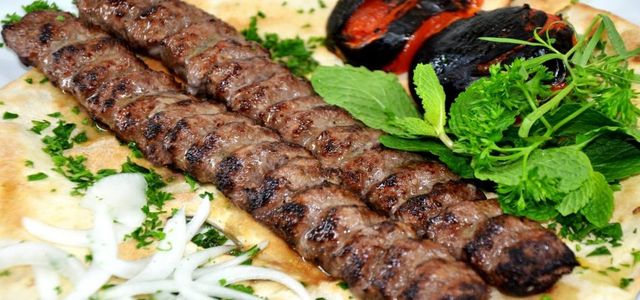
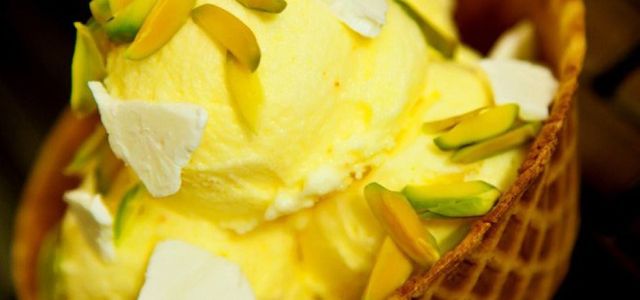
Accommodation in Tehran
Tehran has several five-star, four-star hotels, and more, hosting the second-highest number of hotels in Iran after Mashhad. Guesthouses, hotel apartments, rental rooms and houses, and inns are other accommodation options in Tehran. Numerous teachers' homes are also available throughout the city for education staff to rely on for accommodation.
With all these options, choosing the best accommodation during your visit to Tehran can be challenging. Thus, it’s better to familiarize yourself with various hotels in the city and their amenities by visiting the Tehran Hotels Booking Page on Karnaval before traveling, and select and reserve your desired hotel. If you are looking for a luxurious stay in this city, you can check out the Five-Star Hotels in Tehran page on Karnaval and book your favorite hotel. Additionally, if you want to familiarize yourself with a list of rental suites in Tehran and book them online, you can find help on the Suite Rental in Tehran page.


Cultural and Artistic Aspects
Festivals and Events: Various festivals including film, music, theatre, Fajr Festival, the Pardisan Park Kite Festival, the Pomegranate Festival, and local festivals at Milad Tower are celebrated.
Galleries and Cultural Centers: Exhibitions showcasing works by top photographers, painters, sculptors, and more are held in galleries and cultural centers across Tehran.
Exhibitions in Tehran: Tehran hosts numerous exhibitions at international venues such as the Tehran International Exhibitions, City of the Sun, Imam Khomeini Grand Mosque, Milad Tower, etc. Major exhibitions include the Tehran International Book Fair, handicrafts, tourism, press, flowers and plants, digital media, Iran Telecom, toys, jewelry, and more.
Cinema and Theatre: Tehran boasts the highest number of theatres and cinemas in the country, with Theatre City being the most renowned collection of theatre venues in Iran.
Music: Tehran is a hub for music concerts, with prominent venues such as Milad Tower, Vahdat Hall, and Rudaki Hall. The Tehran Philharmonic Orchestra is also highly regarded, nurturing many renowned artists.
Tehran Grand Auction: One of the most well-known cultural events, the Tehran Grand Auction displays and sells selected artworks from leading Iranian artists. Since its inception in 2012, this auction has received immense popularity and has enhanced the artistic reputation of the country, with artworks sold for billions, revitalizing the cultural market.
Fashion and clothing festivals, street arts including street theatre and music, and mural paintings are other artistic features of Tehran that enhance the city's appeal for visitors.
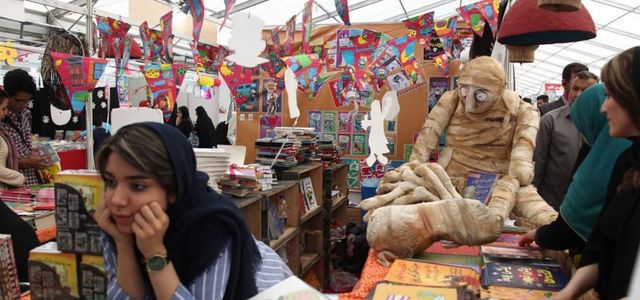
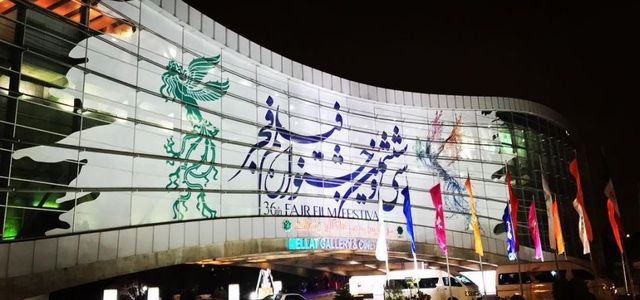
Sports Aspects
Tehran, home to the large Azadi Sport Complex, Enghelab Sport Complex, and several other stadiums, hosts significant internal and international competitions, drawing sports enthusiasts and tourists. Football is the most popular and lucrative sport in the country, with Tehran's historic rival teams, Persepolis and Esteghlal, adding a unique vibrancy to the atmosphere of Iranian football matches. The hosting of national team games at Azadi Stadium attracts spectators from all over the country. Besides football, Tehran excels in sports such as volleyball, basketball, skiing (both snow and grass), athletics, futsal, tennis, and wrestling (Greco-Roman and freestyle).
Educational and Scientific Aspects
With the presence of the most prestigious universities such as Tehran University, Shahid Beheshti University, Sharif University, and others, Tehran is regarded as one of the most significant educational and scientific centers in the country. Many individuals, both domestic and international, visit the

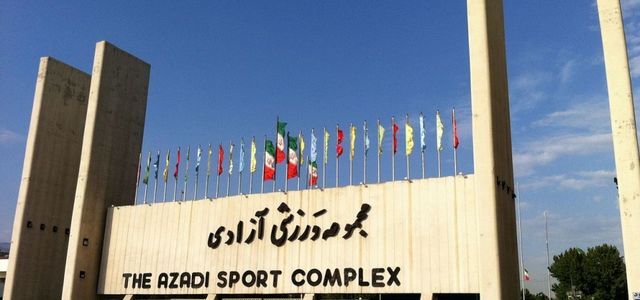
Health and Medical Aspects
As the capital of Iran, Tehran is equipped with numerous top-tier hospitals and specialized medical educational centers, making it a prominent destination for health tourism in the region. The city has gained a reputation, especially worldwide, for cosmetic surgeries, particularly rhinoplasty, attracting many international patients from advanced countries each year.
Commercial and Economic Aspects
Tehran acts as the economic pulse of Iran, accounting for over half of the country's industrial activities. It is also the most expensive city in Iran, with average household costs being twice those of other cities. Furthermore, residents of Tehran contribute 44% of the nation's taxes.
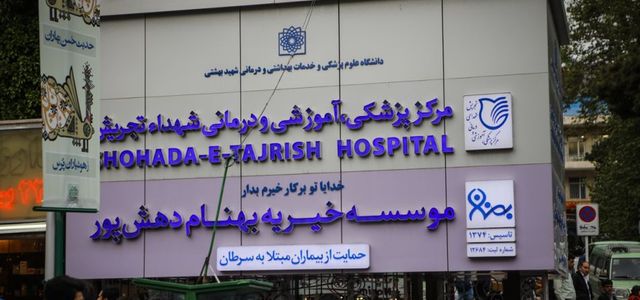
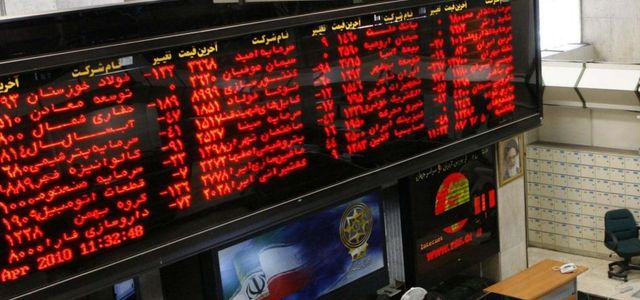
Tourist Attractions in Tehran
Tehran is one of the top five travel destinations in Iran. Below is a brief introduction to some of the capital's most important attractions. For a more detailed overview, including costs, visiting hours, routes, and maps, check the Tehran Attractions and Leisure page. If you prefer guided tours of various attractions, you can visit the Tehran Tours Booking page on Karnaval to select your preferred tour online.
Historical Sites in Tehran
Some of the most important historical attractions in Tehran include:
Golestan Palace and Museum: The Golestan Palace is Tehran's most famous historical monument and is listed as a UNESCO World Heritage Site.
Niavaran Palace Complex: This complex houses palaces from the Qajar and Pahlavi eras, including the Niavaran Palace, Ahmad Shah Pavilion, and Sahebqaraniyeh Palace.
Sadabad Cultural-Historical Complex: This complex consists of various buildings, palaces, and
Sar Dar-e Bagh-e Melli: This structure is a remnant from the Qajar period and was once considered a symbol of Tehran before the construction of Azadi Tower.
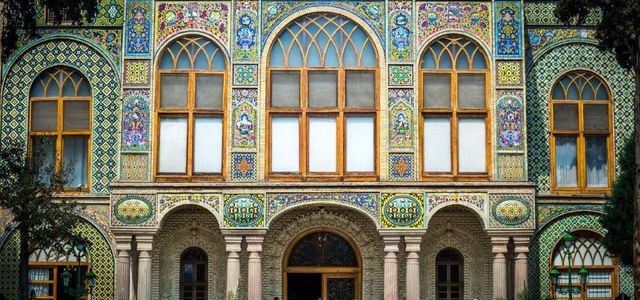
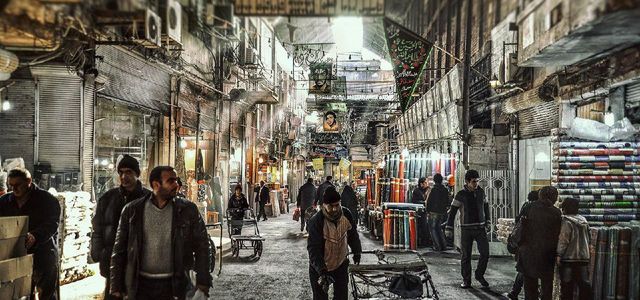
Parks and Green Spaces in Tehran
Some of the most important recreational parks in Tehran include:
Milad Park: Located on Valiasr Street, it is considered one of the most beautiful and memorable urban parks in Tehran.
Water and Fire Park: This park is a collection of several parks featuring attractions like the Nature Bridge, Fire Towers, water fountains, and a lighthouse.
Loyazan Forest Park: A well-known forest park located in the Shemiranat area. Yas Forest Park and the Bird Garden are nearby.
Miniature Park: A park in eastern Tehran that exhibits miniature models of Iran's World Heritage sites.
National Botanical Garden: Situated in Chitgar, this garden is designed based on traditional Persian garden patterns.

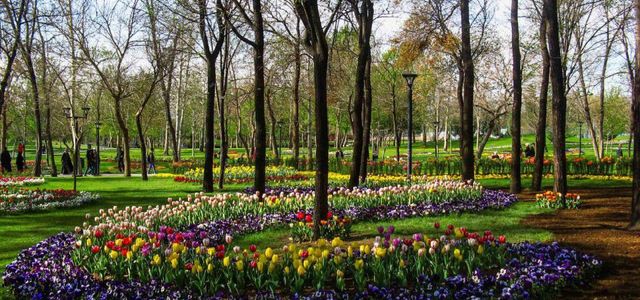
Museums in Tehran
Some of the most prominent museums in Tehran include:
National Museum of Iran: The oldest and largest museum in Iran, featuring two main sections: the Museum of Ancient Iran and the Islamic Museum. Located on Seyed Tir Street, it houses artifacts from prehistory to the Qajar period, often referred to as the mother museum.
National Jewelry Museum: This museum showcases an extraordinary collection of the world's most precious jewels, many of which cannot be found anywhere else.
Brothers Omidvar Museum: Iran's first ethnological museum, located in the Saadabad complex, displaying a variety of items donated by the Omidvar brothers following their travels around the world.
Defense of Sacred Values Museum: Opened in 2012, this museum aims to showcase the heroism of the Iranian people during the Revolution and the subsequent war for the country.
Darabad Nature and Wildlife Museum: Situated in northern Tehran, this museum displays a variety of taxidermied animals and provides diverse information about the biodiversity of Iran.
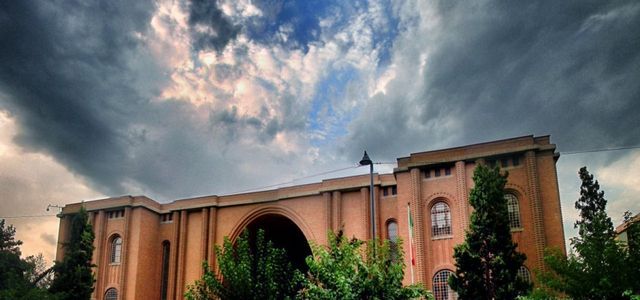
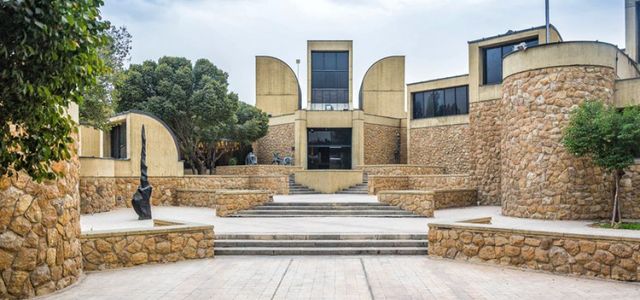
Recreational Complexes in Tehran
Some of the most significant recreational complexes in Tehran include:
Chitgar Recreational and Commercial Complex: This is considered the largest artificial lake in the country, featuring activities such as boating, Bam Land Recreational and Commercial Complex, aerial skate rides, and free-fall slides, making it an attractive destination for fun.
Erm Amusement Complex: This park is the largest amusement park in Iran, containing an artificial lake, three amusement parks named Luna 1, 2, and 3 with around 70 rides, and a zoo.
Tehran Rooftop Complex: Located on the highest peak in Tehran, Mount Tochal, it offers a perfect spot for city views and enjoying the stunning scenery of Tehran.
Darbands Recreational and Natural Complex: This complex is a popular choice for Tehran residents looking for leisure activities and is known as the main hiking route in the city.
Ghazali Cinematic Town: Located in western Tehran, this television and film town is where many Iranian series, such as "Maryam Mqaddas" and "Grand Hotel," were filmed.
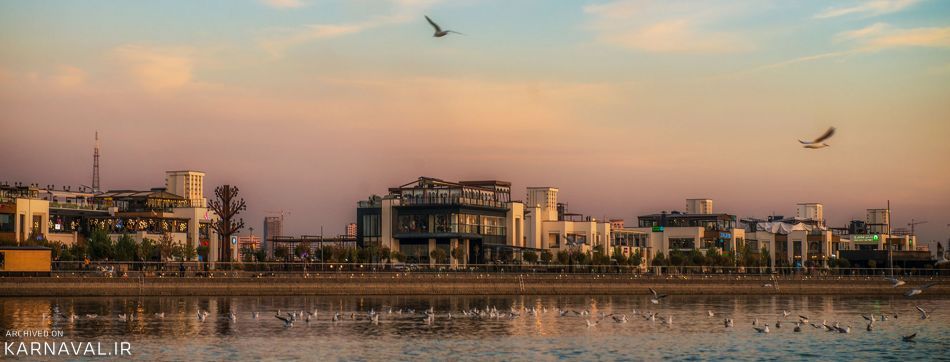
Urban Attractions in Tehran
Milad Tower: A prominent feature of the Tehran skyline, it stands at 435 meters, making it the tallest tower in Iran. Its attractions include a luxury shopping center, open and closed observation decks, a cinema, an escape room, a municipal museum, a zipline, an observation dome, and a revolving restaurant.
Nature Bridge: The third urban symbol of Tehran, it connects the Water and Fire Park and Taleqani Park. Beautiful night lighting, various restaurants and cafés, and breathtaking views of Tehran add to its charm.
Azadi Tower: The most famous urban symbol of the capital, designed by the renowned architect Hossein Amanat. The tower features several exhibition halls, a gallery, a library, and a museum inside.
Book Garden: Located in the Abbas Abad recreational and tourist area, it is the largest bookstore complex in Iran, promoting reading and cultural activities.


Recreational Complexes in Tehran
Some of the most significant recreational complexes in Tehran include:
Chitgar Recreational and Commercial Complex: This is considered the largest artificial lake in the country, featuring activities such as boating, Bam Land Recreational and Commercial Complex, aerial skate rides, and free-fall slides, making it an attractive destination for fun.
Erm Amusement Complex: This park is the largest amusement park in Iran, containing an artificial lake, three amusement parks named Luna 1, 2, and 3 with around 70 rides, and a zoo.
Tehran Rooftop Complex: Located on the highest peak in Tehran, Mount Tochal, it offers a perfect spot for city views and enjoying the stunning scenery of Tehran.
Darbands Recreational and Natural Complex: This complex is a popular choice for Tehran residents looking for leisure activities and is known as the main hiking route in the city.
Ghazali Cinematic Town: Located in western Tehran, this television and film town is where many Iranian series, such as "Maryam Mqaddas" and "Grand Hotel," were filmed.

Urban Attractions in Tehran
Milad Tower: A prominent feature of the Tehran skyline, it stands at 435 meters, making it the tallest tower in Iran. Its attractions include a luxury shopping center, open and closed observation decks, a cinema, an escape room, a municipal museum, a zipline, an observation dome, and a revolving restaurant.
Nature Bridge: The third urban symbol of Tehran, it connects the Water and Fire Park and Taleqani Park. Beautiful night lighting, various restaurants and cafés, and breathtaking views of Tehran add to its charm.
Azadi Tower: The most famous urban symbol of the capital, designed by the renowned architect Hossein Amanat. The tower features several exhibition halls, a gallery, a library, and a museum inside.
Book Garden: Located in the Abbas Abad recreational and tourist area, it is the largest bookstore complex in Iran, promoting reading and cultural activities.
Gonbad Mina: The Gonbad Mina planetarium is one of the most beautiful urban structures in Tehran, located in the heart of the Water and Fire Park. It hosts screenings of space-related films and stargazing events.
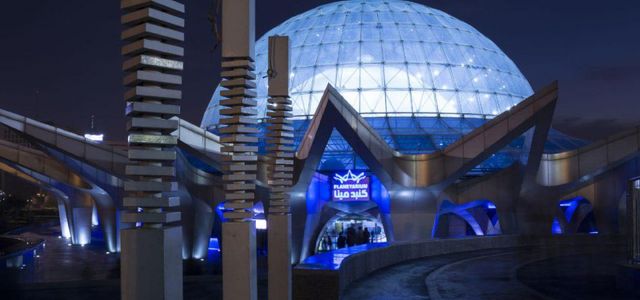
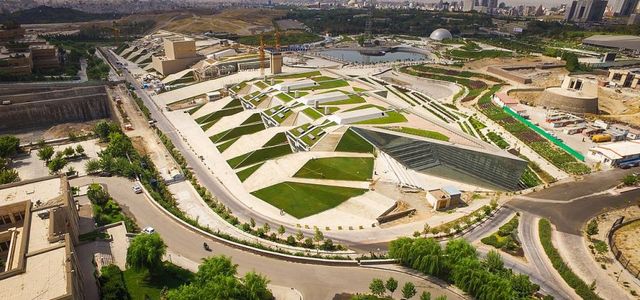
Culinary Tours in Tehran
Culinary exploration in Tehran is vast and diverse. Here are some notable spots:
- Cafés on Vela Street, Mirzaei Shirazi, Moftah, Enqelab, and Haft Tir are famous for their delicious drinks and pleasant atmospheres.
- The first street food area in Iran is located on Si Tir Street, inviting visitors to a variety of snacks and meals.
- The Bazaar area is well-known for its traditional restaurants and coffee houses, including the smallest coffee house in the world.
- Food courts have also become popular in Tehran, such as the Palladium shopping center food court and the Adress Food Hall.
- Tajrish is renowned for its soup and porridge shops alongside various cafés and fast food outlets, offering unique and interesting foods in the Tajrish market.
- Traditional restaurants and eateries in Darband and Darband also have dedicated followers.
- The Bam Land complex at Chitgar Lake has gained popularity due to its restaurants and cafés with beautiful views of the lake.
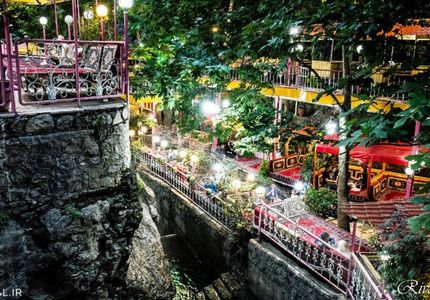
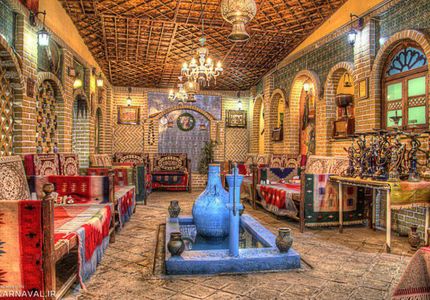

Shopping in Tehran
Here are some important shopping destinations in Tehran:
Tehran Bazaar - Everything from Everywhere: This historical market is vital to the city's economy. You can find almost anything here, but it is especially known for its spices, clothing, carpets, household items, copper, iron, fabrics, handicrafts, and more.
Tajrish Bazaar - From Chicken to Fatten Calf: A smaller version of Tehran's bazaar, it's famous for fresh and unique fruits and vegetables not easily found elsewhere. It also offers handicrafts, spices, medicinal herbs, and clothing.
Houseware and Electronics Market: Located on Jomhouri and Hafez streets.
Book and Cultural Goods Market: Found on Enqelab Street.
Handicraft Market: Located on Vela Street.
Household Goods Market: Found in Shoosh Square.
Fabric and Curtain Market: Located on Zartosht, Molavi, and Abdolabad streets.
Bags and Shoes Market: Found on Sepah Salar Street and Baharestan Square.
Friday Market at Parvaneh Parking: For

Religious and Pilgrimage Sites in Tehran
Here are some of the most important religious and pilgrimage sites in Tehran:
Shah Abdol Azim Hassani: The shrine of Shah Abdol Azim Hassani is the most famous religious center in Tehran and Rey. It houses the tombs of many notable figures, including Naser al-Din Shah and Haj Taqi Razai.
Imamzadeh Saleh: Imamzadeh Saleh, the second most famous religious site in Tehran, is located in Tajrish and is the burial site of a son of Imam Musa Kazem.
Sepahsalar Mosque: The first and largest mosque in Tehran, Sepahsalar Mosque was inspired by Iranian and Istanbul mosque architecture.
Sankris Church: This church belongs to the Armenian community and is located on Karim Khan Street, symbolizing Christianity in Tehran.
Atrian Fire Temple: This temple dates back to the Qajar era and is situated on Si Tir Street.
Heim Synagogue: Located on Si Tir Street in the Oudlajan neighborhood, it is considered the first urban synagogue in Iran.
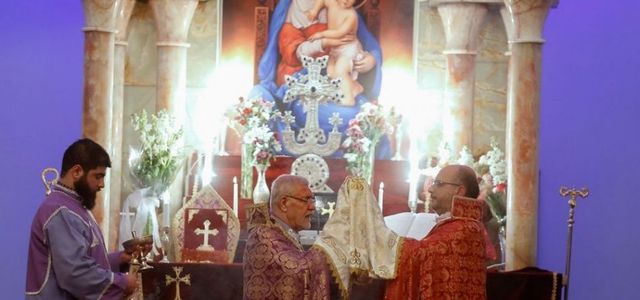
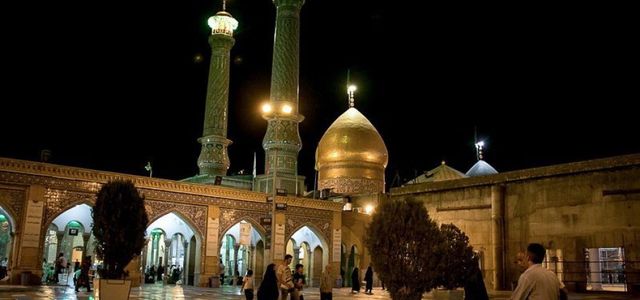
Important Streets and Squares in Tehran
Here are some of the key streets and squares in Tehran:
Vali Asr Street: The longest street in Tehran, Iran, and the Middle East, measuring 17.9 kilometers, it stretches from Rah Ahan Square to Tajrish Square. Notable attractions along this street include Mellat Park, Saei Park, City Theater, Daneshju Park, and Ferdows Garden.
Imam Khomeini Square: Known historically as Toupkhaneh and Sepah, this square is one of Tehran's oldest and is located in the city center. Attractions nearby include Lalehzar Street, Naser Khosrow, the entrance of National Garden, and Sepah Bank Museum.
Hasan Abad Square: Located in
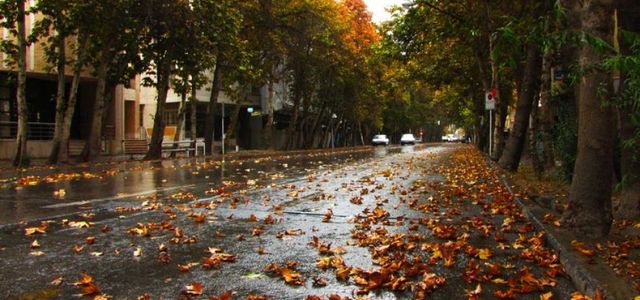
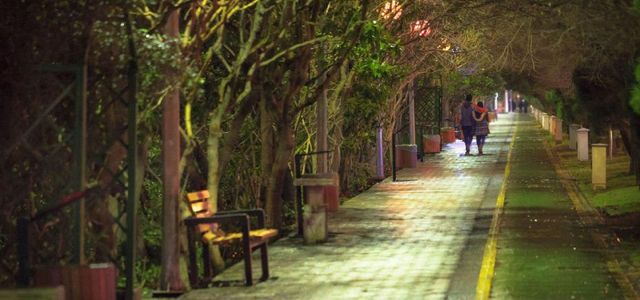
Natural Attractions of Tehran
Tochal Peak: The highest peak in Tehran, with a ski resort, gondola, recreational area (Tehran Roof), hiking paths, waterfalls, caves, sledding, zip-lining, and more, offers a fascinating collection for relaxation and recreation. It is also considered the most famous and popular climbing route in Tehran.
Darakeh: Another recreational area in northern Tehran and a popular hiking route.
Cheshmeh Ali Shahr-e Rey: A historical, scenic, and recreational site in Shahr-e Rey, south of Tehran, estimated to be 8000 years old. In the past, people in Tehran used to wash their carpets in this spring's water, believing it had properties that cleaned the carpets well and made their colors brighter and more vibrant.
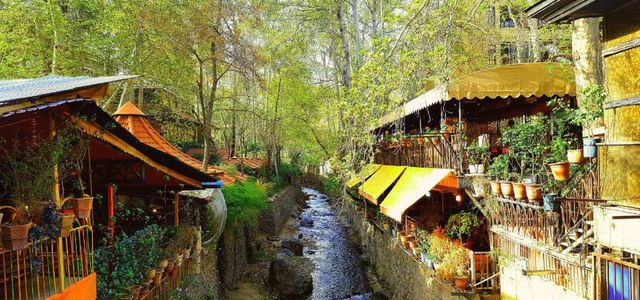
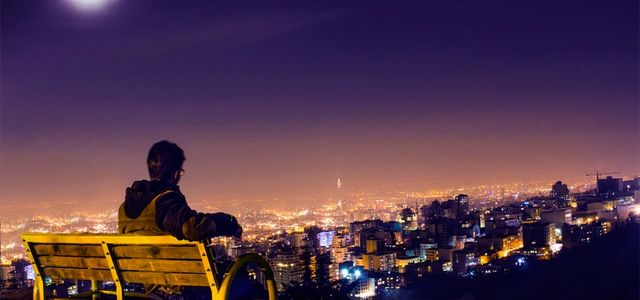
Attractions around Tehran
Some of the most important nature tourism options around Tehran:
(The distances of these attractions are measured from the city center of Tehran.)
Dizin Ski Resort: 123 km away
Shamshak Ski Resort: 60 km away
Beginning of Chalus Road: 40 km away
Ahar Village: 55 km away
Shahrak County: 105 km away
Tang-e Vashi Firuzkuh: The road to Tang-e Vashi is 170 km away
Mount Damavand: 78 km away
Lavasan: 37 km away
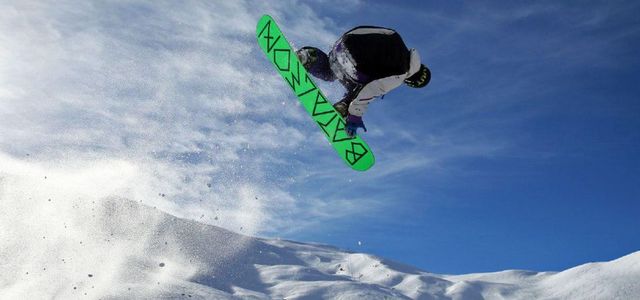
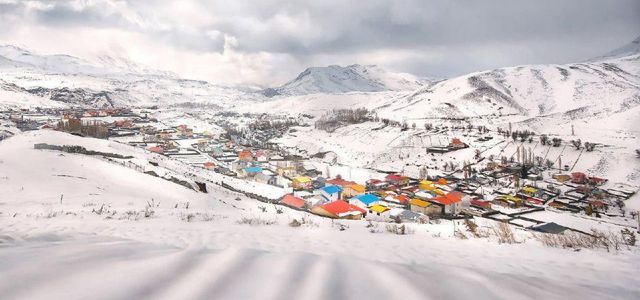
Transportation in Tehran
Traveling and commuting in Tehran can be done through various methods, and people use different transportation options to reach their destinations. Here we aim to briefly introduce these routes. You can also click on the topic Public Transportation Guide of Tehran for comprehensive information on this subject.
Read more
Public Transportation Guide of Tehran
Tehran Metro Map: A guide to using the metro lines
Intercity Transportation
To reach the capital of Iran, you can use air, rail, and road transportation systems. Imam Khomeini International Airport and Mehrabad Airport, Tehran's railway station, and bus terminals in the west (near Azadi Square), south (Ba'ath Highway), and east (Tehranpars) provide services to travelers arriving in the city.
Urban Transportation
Movement within the city of Tehran is managed by numerous line taxis, online taxis, private city bus routes, express bus lines (BRT), Tehran Metro, motorbikes, and private cars.
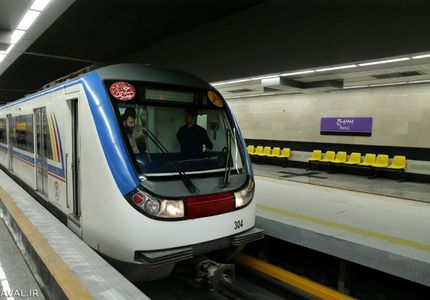
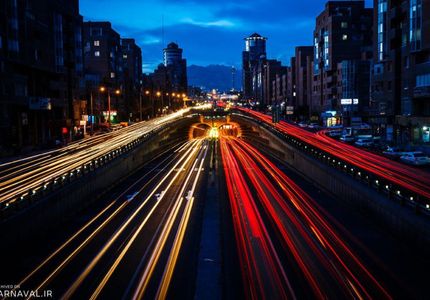
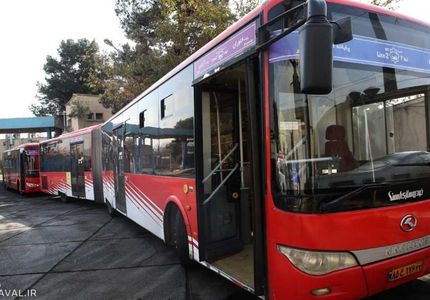
Weather in Tehran
The weather in Tehran is influenced by two elements: the mountains in the north and the plains in the south. The northern regions of Tehran are somewhat mild and humid due to the mountains, while other areas are generally warm and dry. The hottest months of the year in the capital are Tir and Mordad, when temperatures rise between 35 to 45 degrees. The coldest months are Dey and Bahman, during which temperatures can drop to 5 degrees below zero.
Spring: Spring in Tehran, particularly in Farvardin and Ordibehesht, is very pleasant and these two months are considered the best time to visit the city. However, in Khordad, temperatures begin to rise.
Summer: Summer days in Tehran, especially in Tir and Mordad, are very hot and long. However, due to the school and university vacations, city traffic decreases significantly during this time, making it easier to navigate the city, especially in Tir and Mordad.
Autumn: Autumn in Tehran is very charming and delightful. The changing colors of the city’s sycamore trees to yellows, oranges, and reds, along with occasional autumn rains, make exploring Tehran very attractive.
Winter: This season is the wettest time of the year for Tehran. The northern mountains are often covered in snow, and temperatures drop significantly in Dey and Bahman. However, air pollution and inversion phenomena can sometimes make Tehran's air very dirty and polluted, causing the city to shut down on certain days.
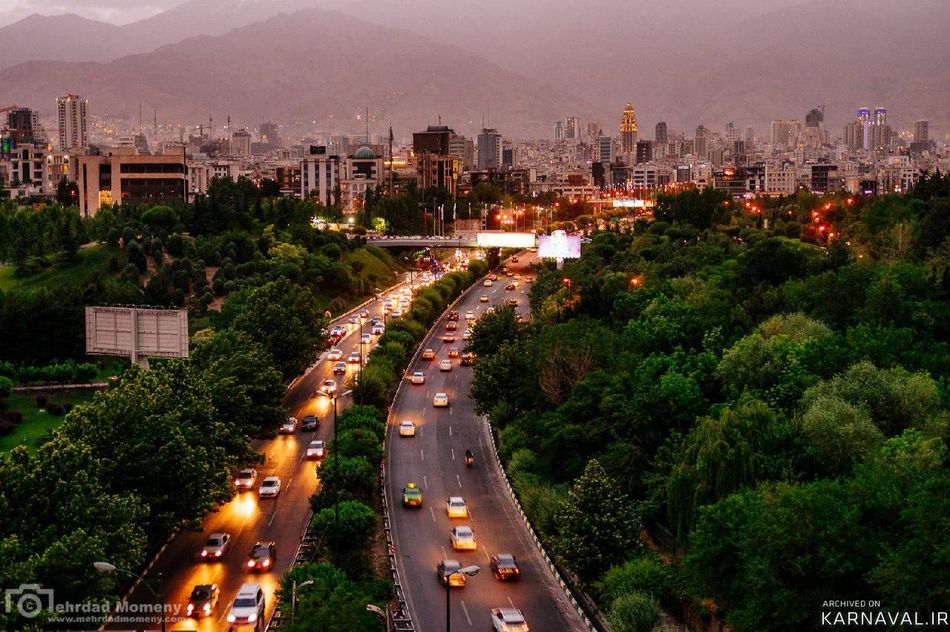
History of Tehran
At the southernmost foothills of the Alborz Mountains, when there were no buildings, roads, or cities as we know them today, a small and unknown village named Tehran existed. Recent archaeological research and discoveries push the history of Tehran back to very ancient times and reveal new chapters of the city’s 7,000-year-old heritage.
The name Tehran first appeared in the documents of the 3rd century AH (Islamic calendar). "Abu Abdullah Muhammad bin Hamad Tehrani," known as "Hafez Tehrani," is the person who carries the name Tehran in his fame, marking the first recorded mention of Tehran in historical documents. In the 7th century AH, Ghazan Khan, the most famous ruler of the Ilkhanate, chose the pleasant village of Tehran as his retreat. From then on, this scenic area gradually made its way among Iran's attractions, drawing many travelers who described its beauty in their travelogues.
Tehran, which has now expanded east and west, became the host of Shah Tahmasp, the second king of the Safavids. Exhausted from the wars with the Uzbeks, he was on his way to the capital of the Safavid Empire, Qazvin, when he heard the praises of Tehran's beauty and decided to take a breath there. The existence of the grave of "Seyyed Hamzeh (AS)," the ancestor of the Safavids, in the city of Rey, combined with the king's interest in Tehran and the constant attacks from bandits, led Shah Tahmasp Safavid to order the construction of 114 tall walls and towers around the city. This wall, with four gates named Abd al-Azim Gate, Shemiran Gate, Qazvin Gate, and Dolab Gate, remained until the reign of Naser al-Din Shah Qajar. In addition to these gates, Tehran's bazaar is another legacy left by Shah Tahmasp for the city.
Construction in this summer residence did not stop there; it continued during the reign of Shah Abbas the Great, the most powerful Safavid king. Although he initially fell seriously ill in Tehran and cursed the city, he later softened his heart towards its four-season climate and ordered multiple plane trees to be planted across Tehran, which later made the city famous as the "Plane Tree City." During the Zand dynasty, Karim Khan Zand showed great interest in Tehran, especially the Shemiran area. He visited this agreeable location several times and issued directives for its development.
Afterward, Agha Mohammad Khan Qajar ascended to power in Iran and selected Tehran as the new capital of his regime. Tehran did not significantly expand until the reign of Fath Ali Shah; a few buildings and neighborhoods, such as the Sahebqaraniyeh Palace, the neighborhoods of Shemiran Gate, and Negarestan were added to the urban fabric.
However, Naser al-Din Shah expanded Tehran's borders beyond what had been inherited from Shah Tahmasp and Nader Shah; he established numerous urban buildings and paved the way for modernization. The presence of individuals like Amir Kabir, alongside the many trips of the Shah abroad, enabled Tehran to absorb the essence of major world cities, become home to the Dar al-Funun School and a government hospital, have the waters of the Karaj River flow through it, and modern streets like Lalezar and Nasiriyeh to be constructed. The first skyscraper of that time, Shams al-Emareh, was also built during this period. During the ministry of Mirza Hossein Khan Sepahsalar, the municipal institution was established for the first time in Tehran, and during the reign of Muzaffar al-Din Shah, the parliament building was added to this urban complex.
The development of Tehran accelerated during the reign of Reza Shah Pahlavi. By his decree, the old gates of the city were demolished, and Tehran expanded in all directions. The most significant building constructed during this time was the University of Tehran. Vali Asr Street was also built during Reza Shah's rule. Gradually, the migration route to Tehran opened, making the city a host for migrants from many parts of Iran and the world.
Growth and development for Tehran reached a high speed during the reign of Mohammad Reza Shah, with the capital witnessing new structures, neighborhoods, streets, and people every day. In this way, Old Tehran gave way to the modern city we have today.
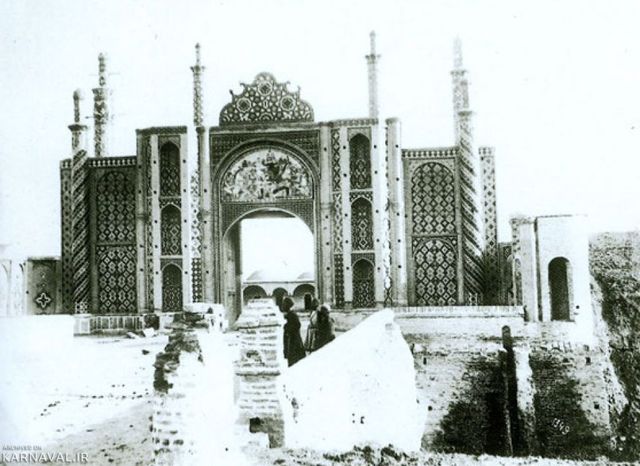
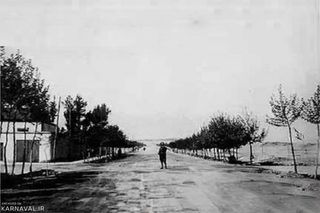

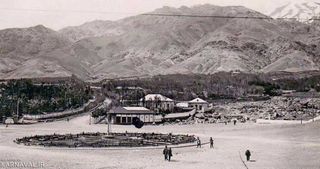
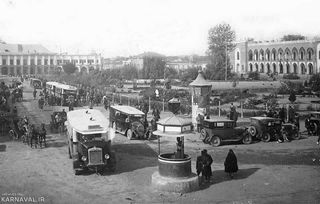
History of the Name Tehran
There are various opinions regarding the name Tehran, which we will briefly mention here:
Some researchers state that "ran" is a suffix meaning "foothill," indicating that Shemiran is upstream and Tehran is downstream.
Some believe that Tehran is a derivative of the word "Nahrām," meaning a warm region, whereas "Shemiran" refers to a cold region.
Others assert that since Tehran is located in a vast and low plain, it has been called "Tehran," meaning "low place."
Some studies also indicate that Tehran developed after the famous city of Rey. It was one of Rey's suburbs and was located at its edge, which is why it evolved from the phrase "Tehriān," meaning the place that is at the end of Rey.
Ettehad al-Saltaneh also writes about the name Tehran:
“Because the inhabitants of that place (Tehran) would hide underground when enemies approached, it came to be called ‘Tehrān,’ meaning ‘they were going underground.’”
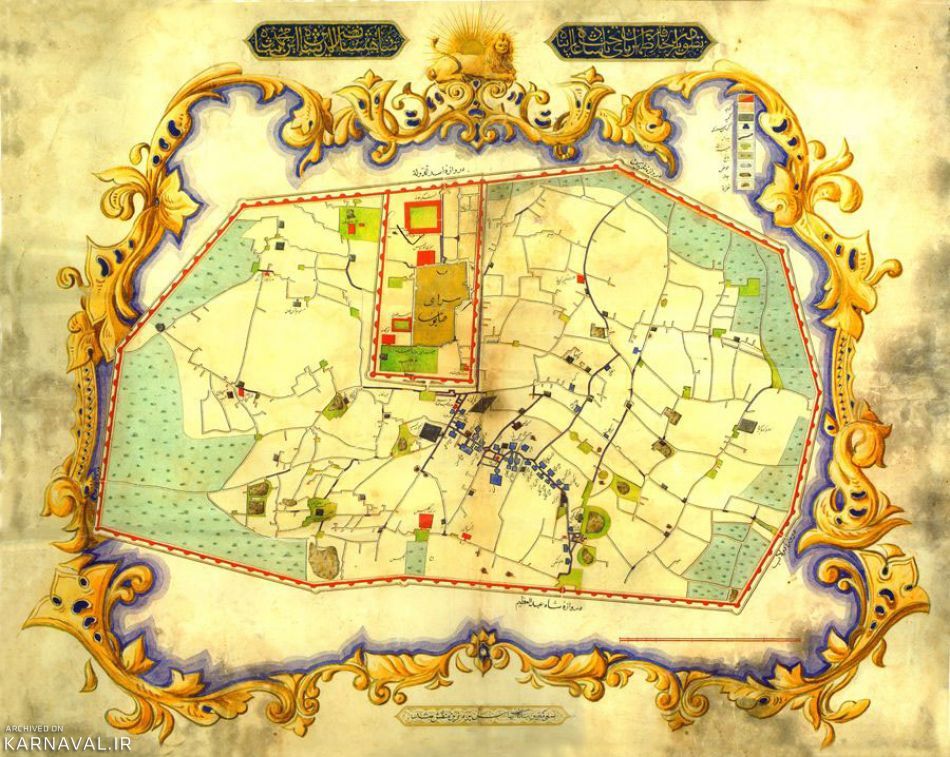
Architecture and Urban Planning | The Evolution of Modern Architecture in Tehran
Being the capital, Tehran was introduced to modern lifestyle symbols earlier than other cities in the country. Among these symbols was modern architecture, the foundations of which were laid during the reign of Naser al-Din Shah and continued through the Pahlavi era to the present.
As we have seen, Naser al-Din Shah established Tehran's first skyscraper, Shams al-Emareh. Streets such as Lale

Things You Should Know About Tehran
One of the things that will make your trip to Tehran easier is the municipal phone number 137. You can use this number to access the following services:
1- Report your issues, criticisms, and complaints to the city officials.
2- Get information about the traffic plan, traffic restrictions, and odd-even licensing.
3- Contact the city's tourism office.
4- Follow up on municipal services.
Where to Seek Shelter During an Earthquake?
If you are traveling in Tehran and do not know where to go during an earthquake, you can use the list of safe emergency shelters in Tehran. The municipality has designated specific locations in each district and equipped them with the necessary facilities for earthquake situations. To find safe emergency shelters in Tehran, you can refer to this link.
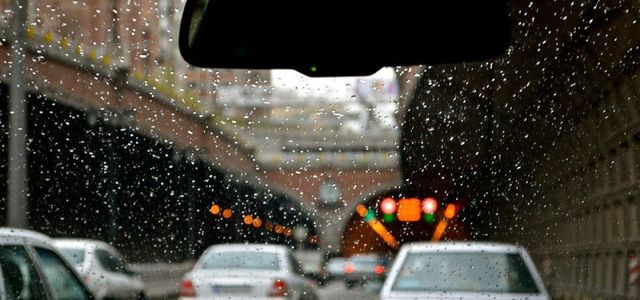
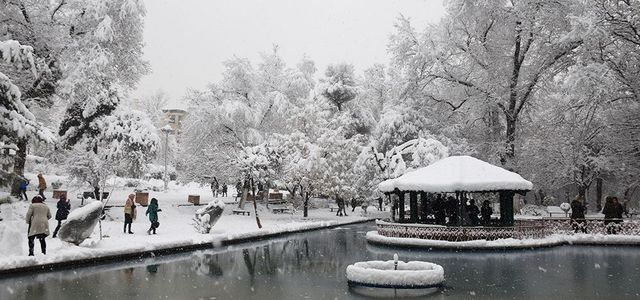
Challenges of Living in Tehran
Alongside the beauty and attractions of Tehran, to gain a precise understanding of this city, we must also address its problems and concerns. Discussing all the urban issues of the capital could require a separate article, but in this piece, we will try to provide a brief overview.
Traffic: The first urban problem in Tehran is the traffic issue and the excessive number of vehicles in the city. This problem makes commuting especially difficult during the early and late hours of the day. On average, each Tehranian spends 40 minutes of their day stuck in traffic.
Pollution: The next major issue in Tehran is pollution in its various forms. Air pollution in Tehran claims the lives of many citizens annually and, particularly in some winter days, leads to city closures. Alongside this, noise pollution, visual pollution, water pollution, and more are considered serious problems for the city.
Marginalization: Marginalization is another urban issue in the capital. Thousands of people live in various corners of Tehran, even in affluent neighborhoods, in old or abandoned houses. These individuals have migrated from their cities and villages due to unemployment, poverty, water crisis, and drought, hoping for a better life in the capital, but they end up living in areas with poor sanitation, housing, electricity, and gas.
Social Issues: The rate of social issues in Tehran is very high, with various forms of these issues prevalent among citizens. In fact, Tehran, for numerous reasons, ranks first in social problems in the country, affecting all demographics within society. Runaway girls, addiction, suicide, child labor, family murders, robbery, and so forth are among the most significant social problems in the city. As a result, in recent years, a social emergency service line (123) has been established for citizens to seek help and inform social workers of their issues.
Irregular and Unplanned Construction: Another urban challenge in Tehran is the rampant, unplanned construction throughout the city. This issue severely harms the urban landscape and leaves the city vulnerable to earthquakes and other natural disasters. The unplanned expansion of streets, highways, massive buildings, and multi-story towers has also obstructed the city's airflow.
Earthquakes, floods, dilapidated infrastructure, the unpreparedness of urban officials for crises, insufficient public transport capacity against the influx of people, unequal urban development, the widening gap between various socioeconomic classes, exorbitant living costs, especially in northern Tehran, environmental issues, water scarcity, sewage problems, and more are considered further challenges of the capital. These issues complicate life in this city despite its facilities and amenities.
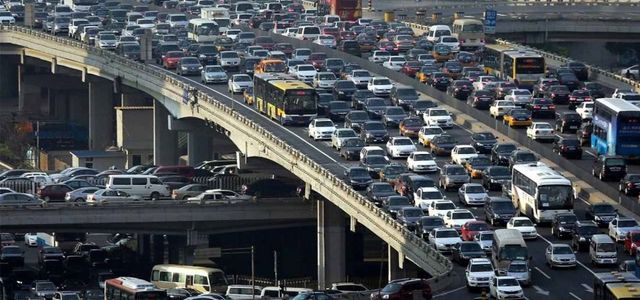
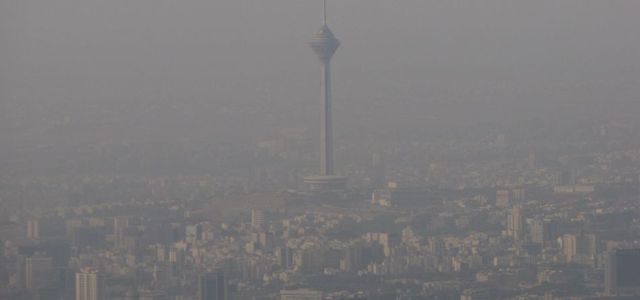
Alongside the beauty and attractions of Tehran, to gain a precise understanding of this city, we must also address its problems and concerns. Discussing all the urban issues of the capital could require a separate article, but in this piece, we will try to provide a brief overview.
Traffic: The first urban problem in Tehran is the traffic issue and the excessive number of vehicles in the city. This problem makes commuting especially difficult during the early and late hours of the day. On average, each Tehranian spends 40 minutes of their day stuck in traffic.
Pollution: The next major issue in Tehran is pollution in its various forms. Air pollution in Tehran claims the lives of many citizens annually and, particularly in some winter days, leads to city closures. Alongside this, noise pollution, visual pollution, water pollution, and more are considered serious problems for the city.
Marginalization: Marginalization is another urban issue in the capital. Thousands of people live in various corners of Tehran, even in affluent neighborhoods, in old or abandoned houses. These individuals have migrated from their cities and villages due to unemployment, poverty, water crisis, and drought, hoping for a better life in the capital, but they end up living in areas with poor sanitation, housing, electricity, and gas.
Social Issues: The rate of social issues in Tehran is very high, with various forms of these issues prevalent among citizens. In fact, Tehran, for numerous reasons, ranks first in social problems in the country, affecting all demographics within society. Runaway girls, addiction, suicide, child labor, family murders, robbery, and so forth are among the most significant social problems in the city. As a result, in recent years, a social emergency service line (123) has been established for citizens to seek help and inform social workers of their issues.
Irregular and Unplanned Construction: Another urban challenge in Tehran is the rampant, unplanned construction throughout the city. This issue severely harms the urban landscape and leaves the city vulnerable to earthquakes and other natural disasters. The unplanned expansion of streets, highways, massive buildings, and multi-story towers has also obstructed the city's airflow.
Earthquakes, floods, dilapidated infrastructure, the unpreparedness of urban officials for crises, insufficient public transport capacity against the influx of people, unequal urban development, the widening gap between various socioeconomic classes, exorbitant living costs, especially in northern Tehran, environmental issues, water scarcity, sewage problems, and more are considered further challenges of the capital. These issues complicate life in this city despite its facilities and amenities.


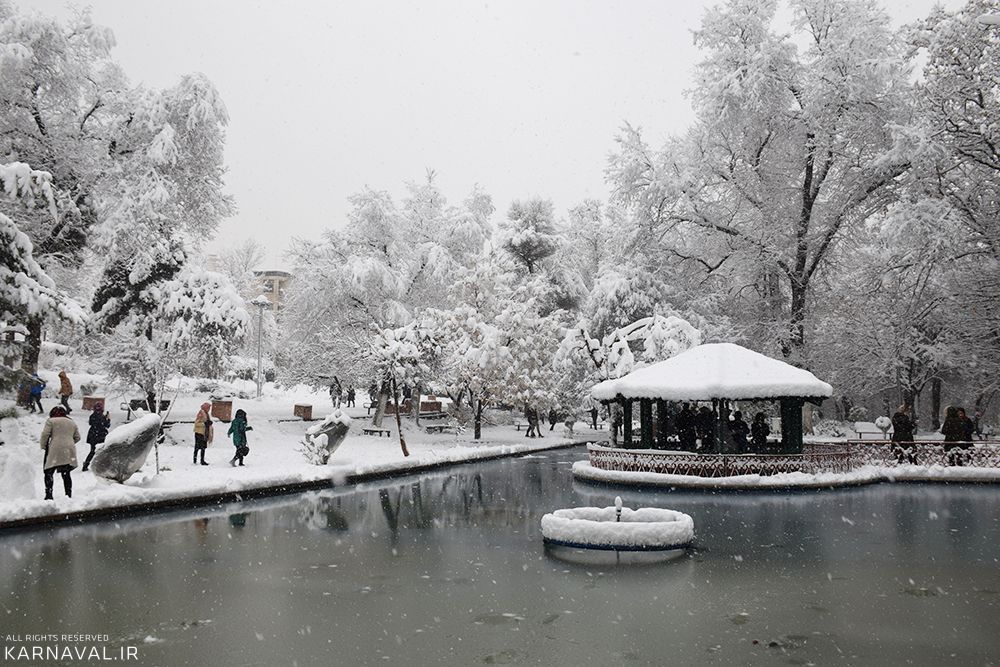
Snowy nature in Gheitariyeh Park, Tehran
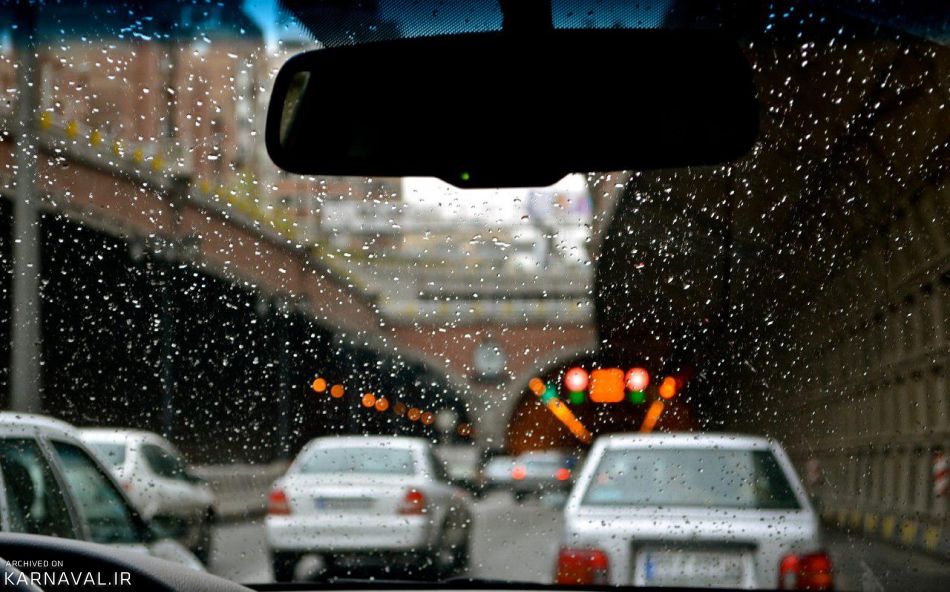
Rain in Tehran

Tehran from the Roof of Tehran
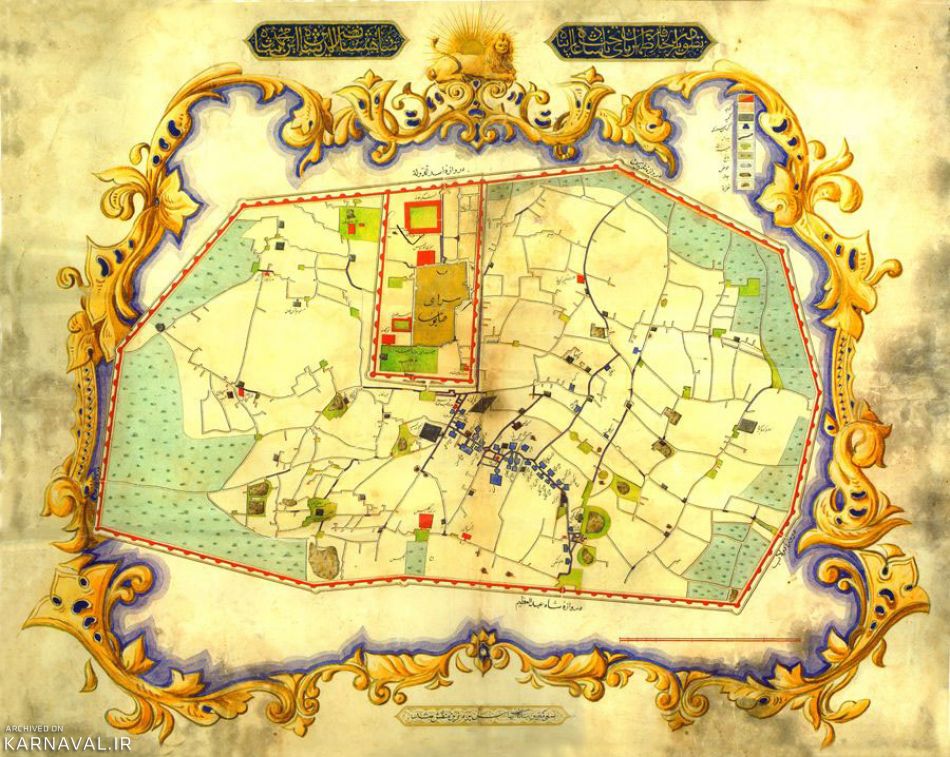
Old Map of Tehran
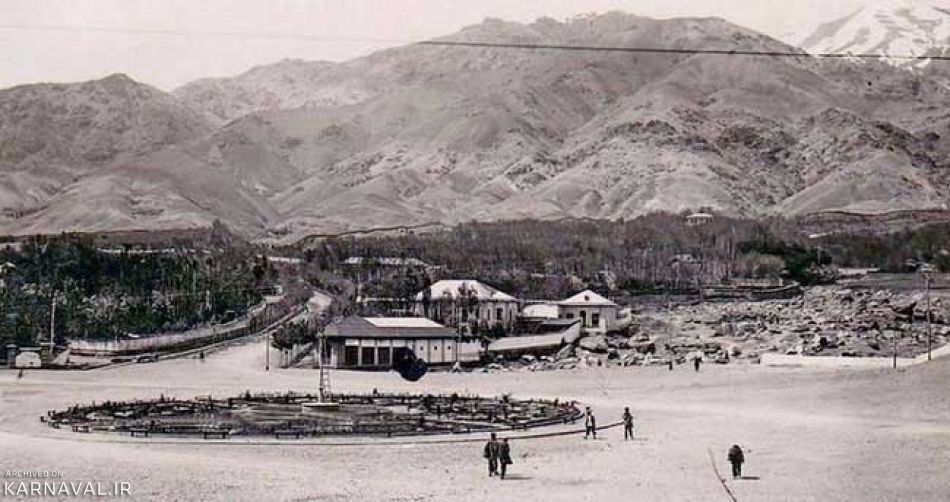
Old Photo of Tajrish Square
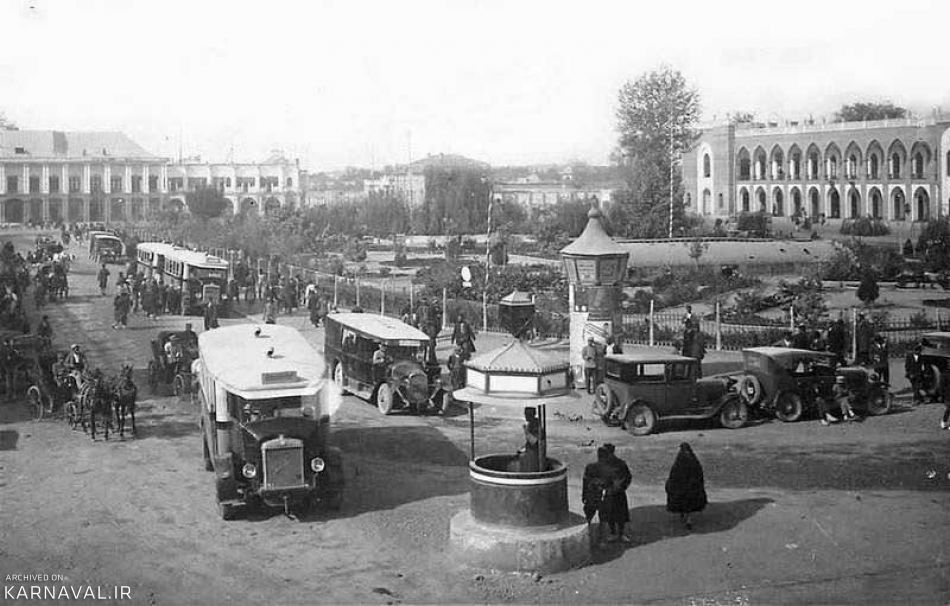
Old Photo of Toopkhaneh Square
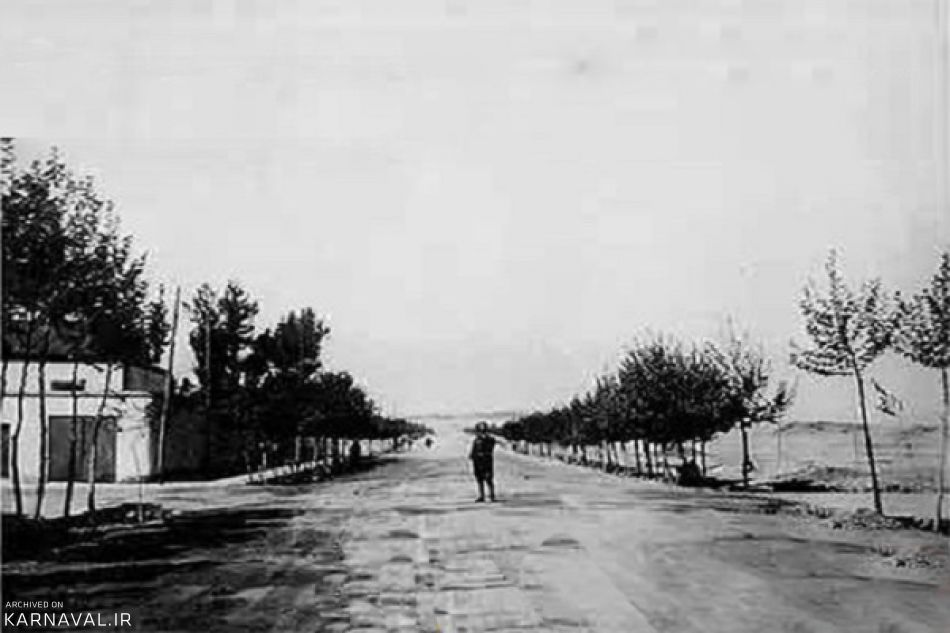
Valiasr Street in 1936
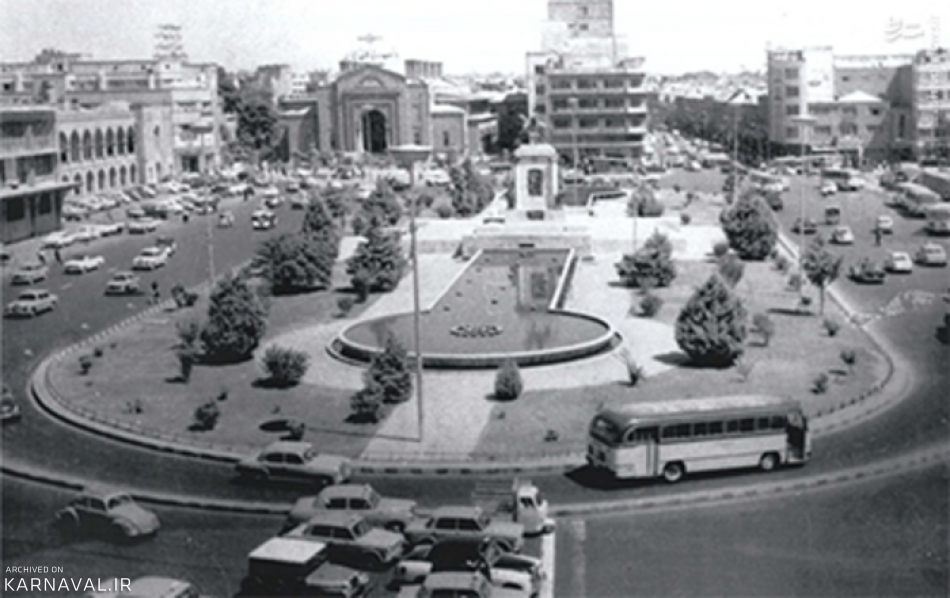
Old Photo of Imam Khomeini Square
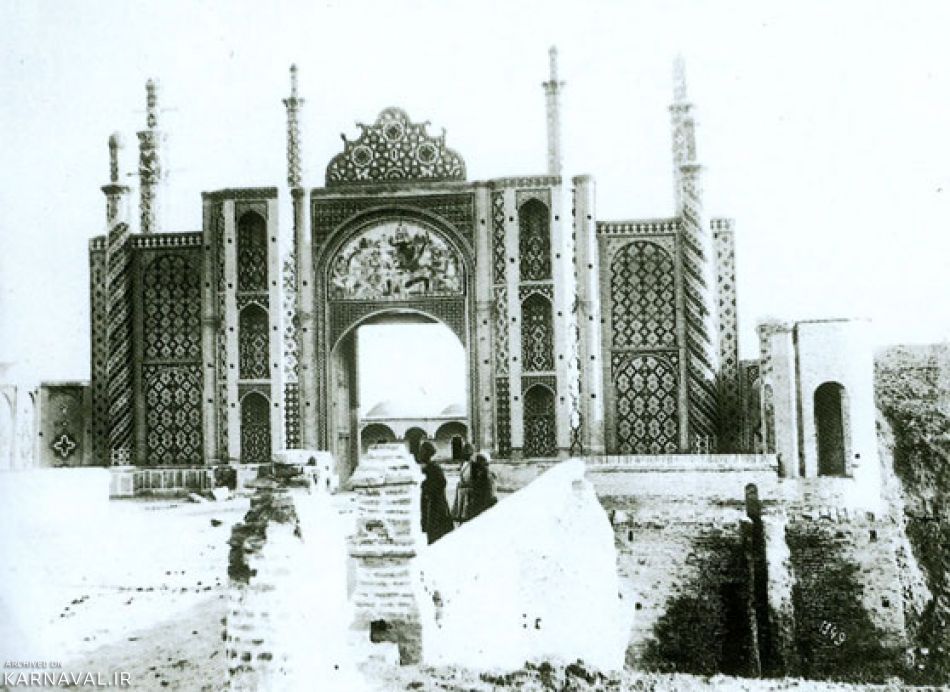
Old Photo of Shemiran Gate
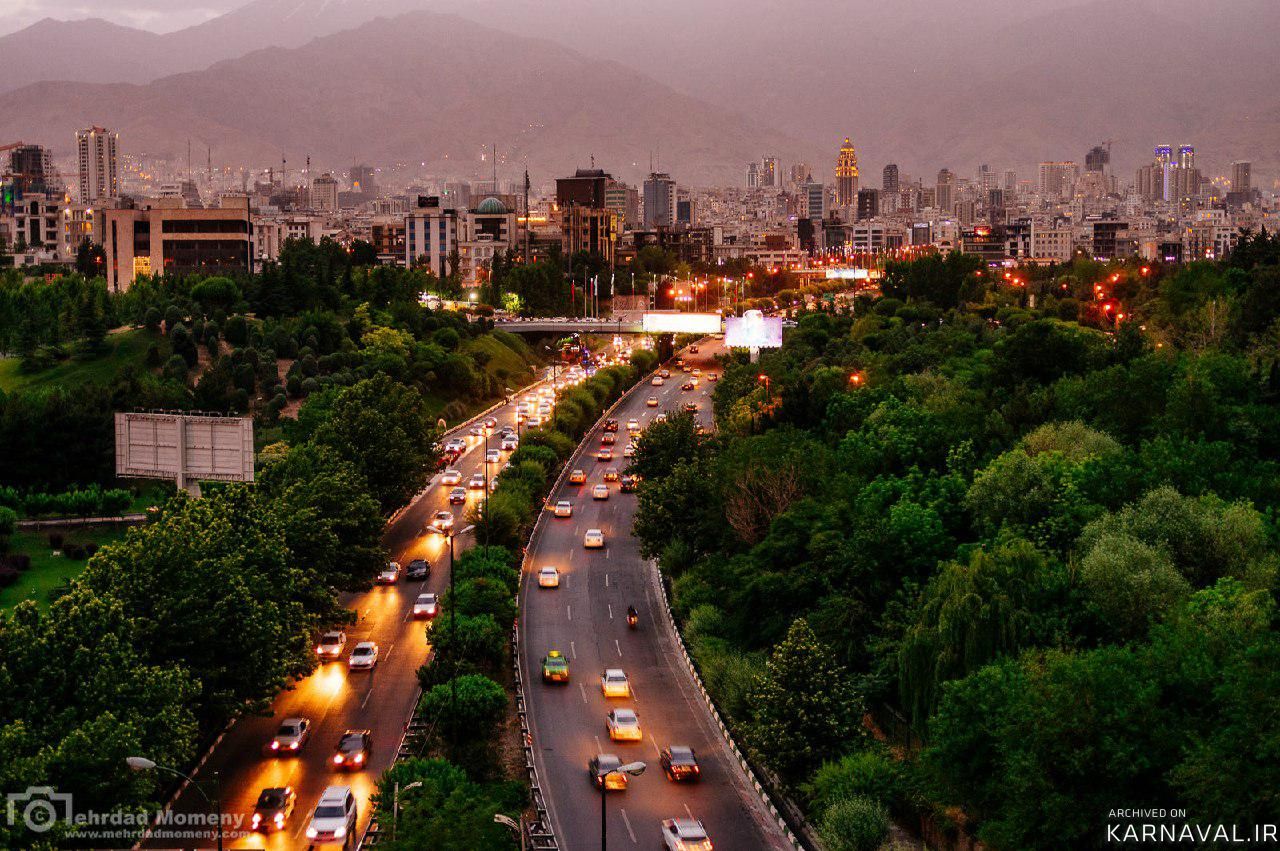
Tehran, Capital of Iran
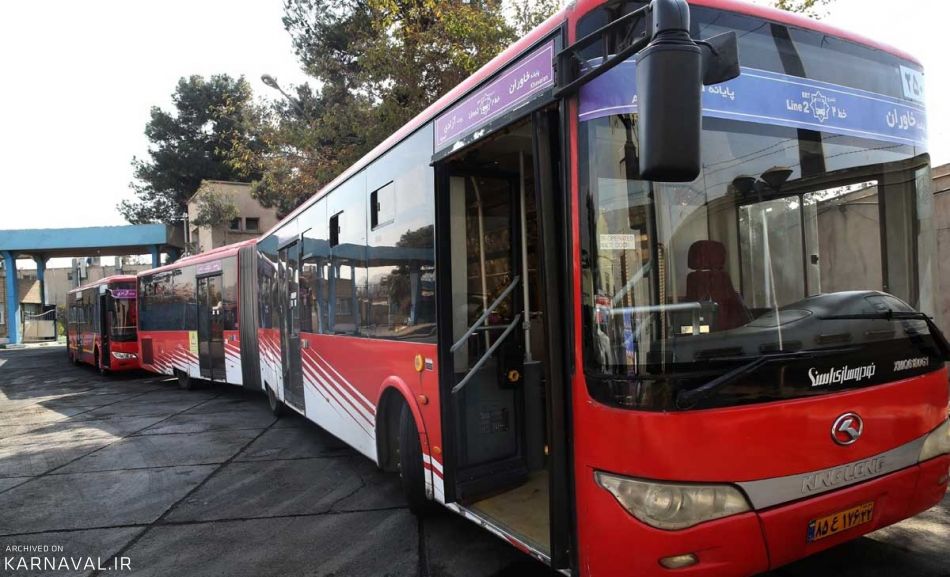
Bus in Tehran
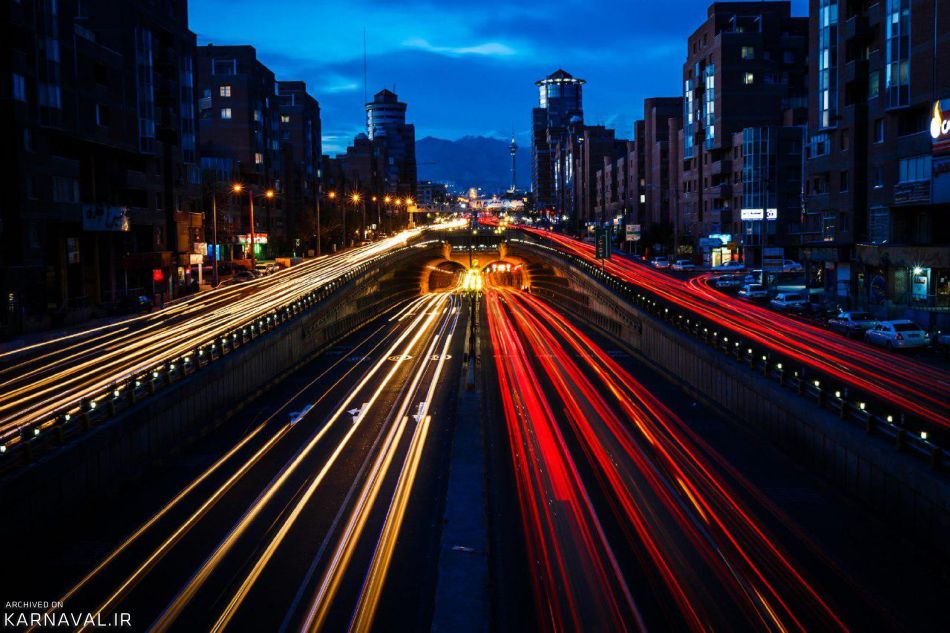
Touhid Tunnel

Tehran Metro
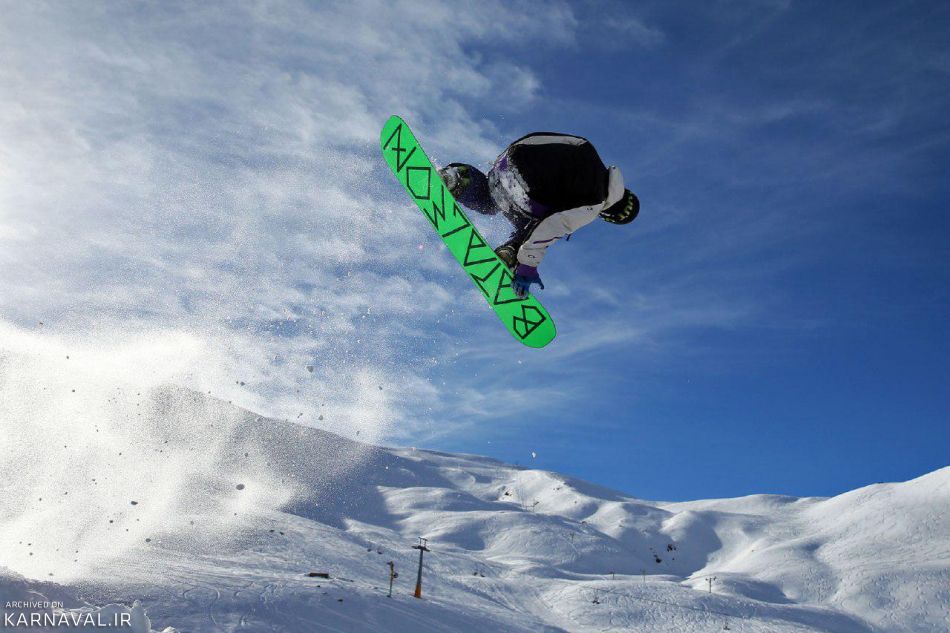
Dizin Ski Resort

The Roof of Tehran
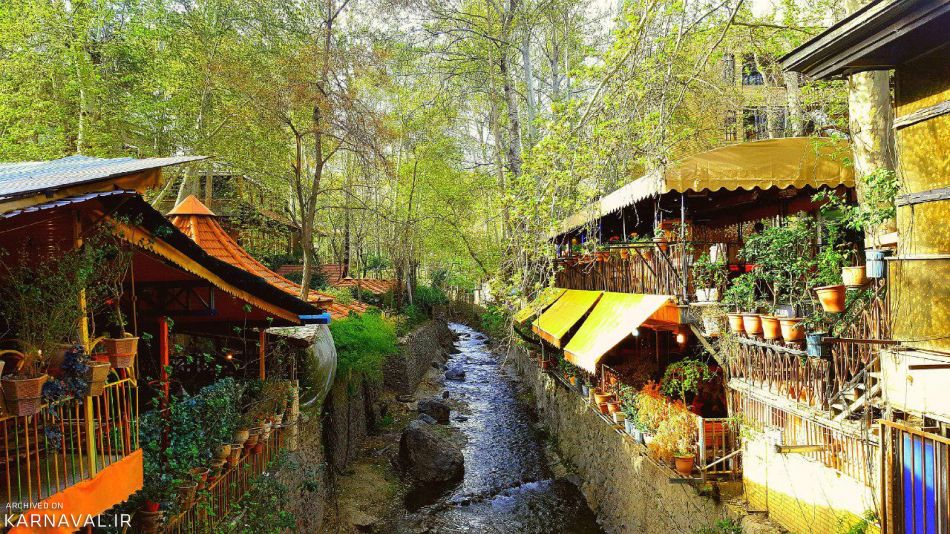
Darakheh, Tehran
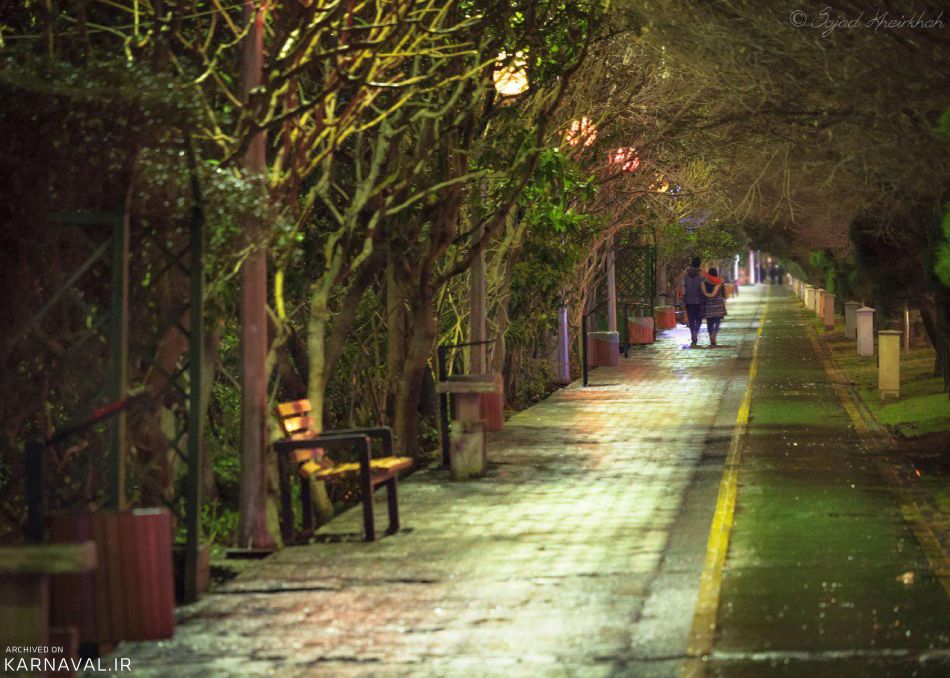
Keshavarz Boulevard
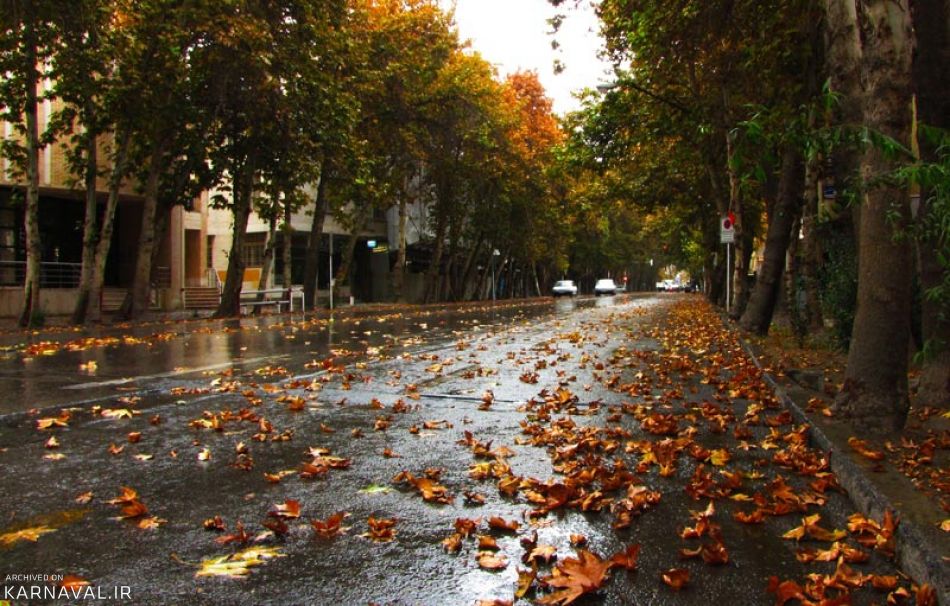
Valiasr Street
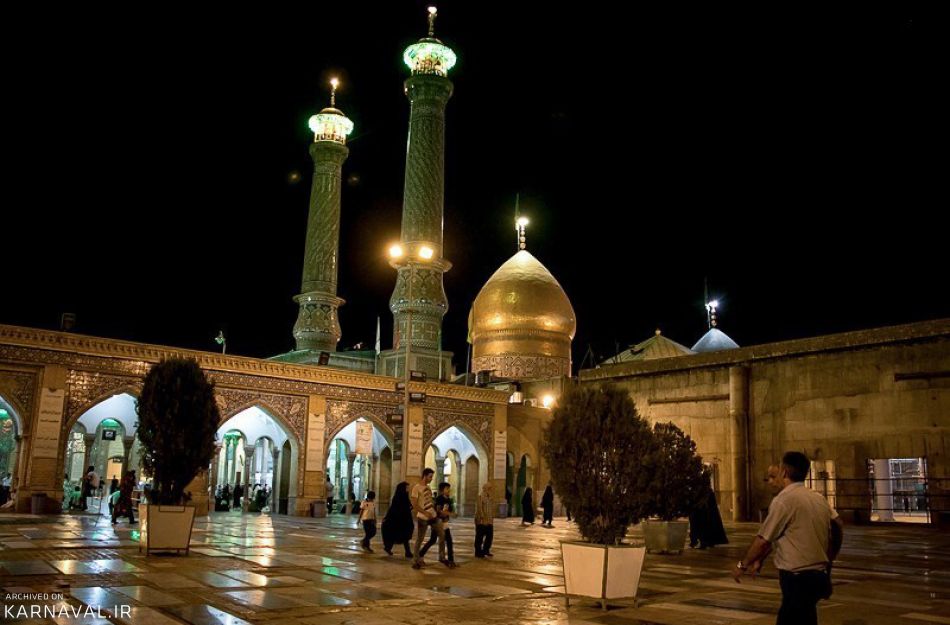
Shah Abdolazim Hasani

Saint Sarkis Church
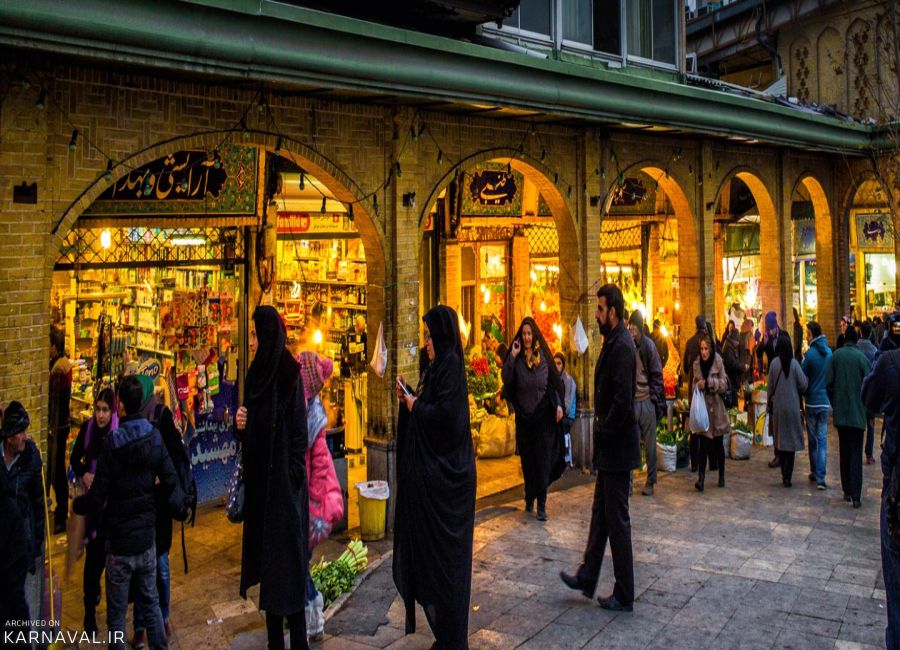
Tajrish Bazaar
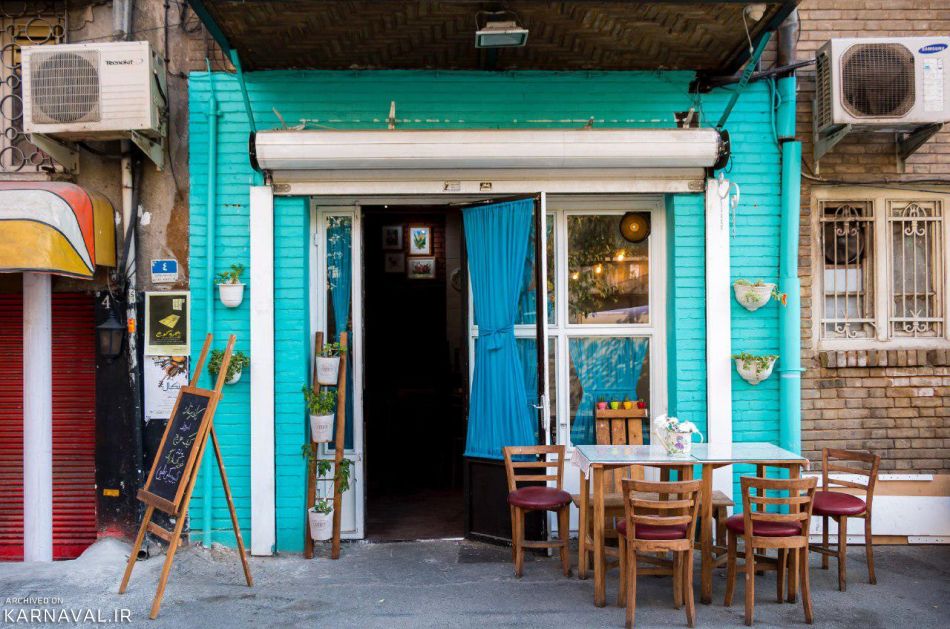
Cafés of Tehran
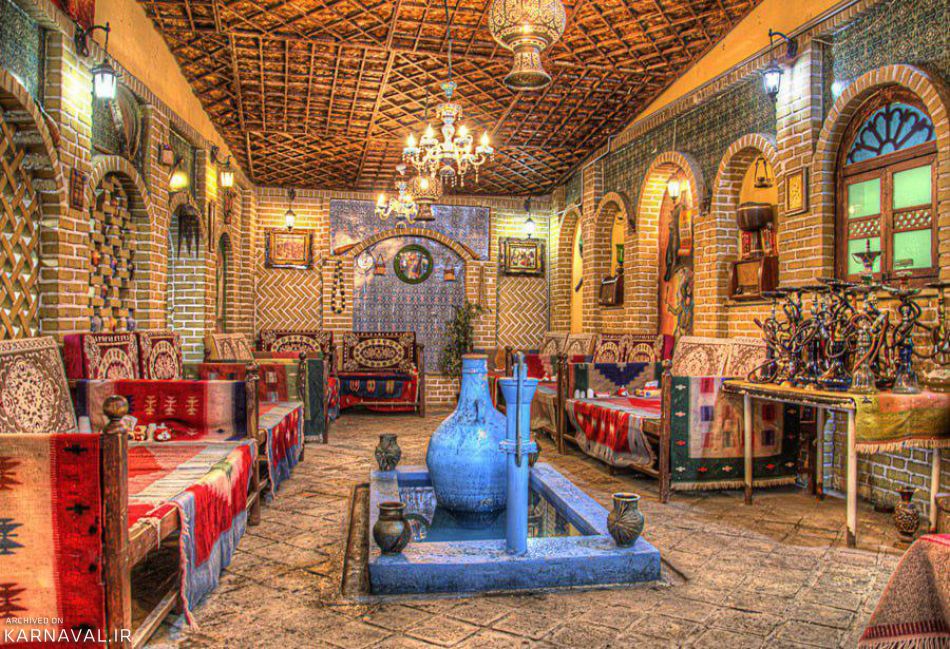
Traditional Restaurants in Tehran
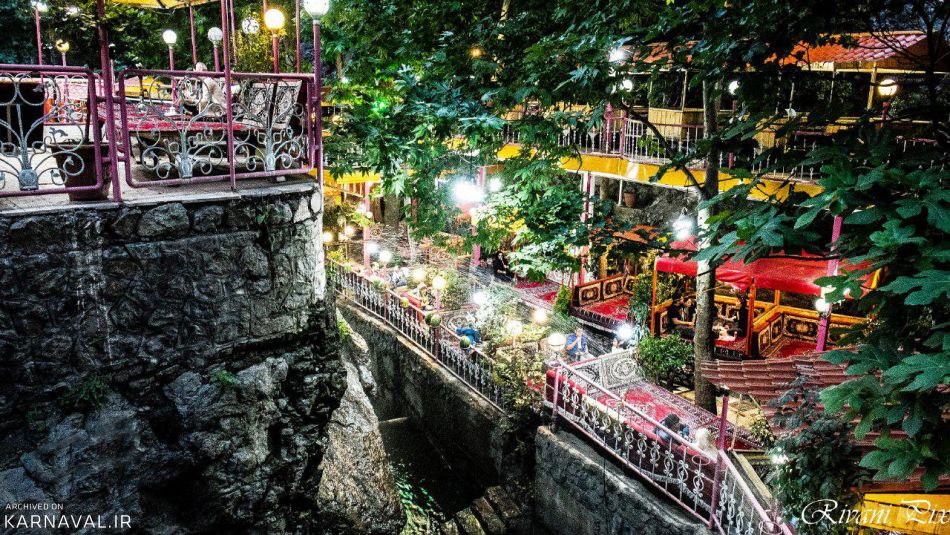
Restaurants in Darband
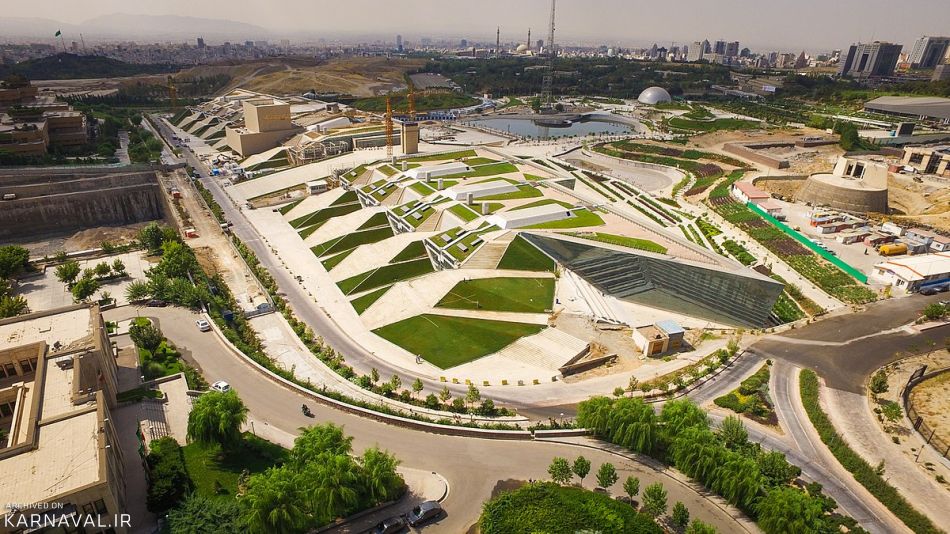
Book Garden
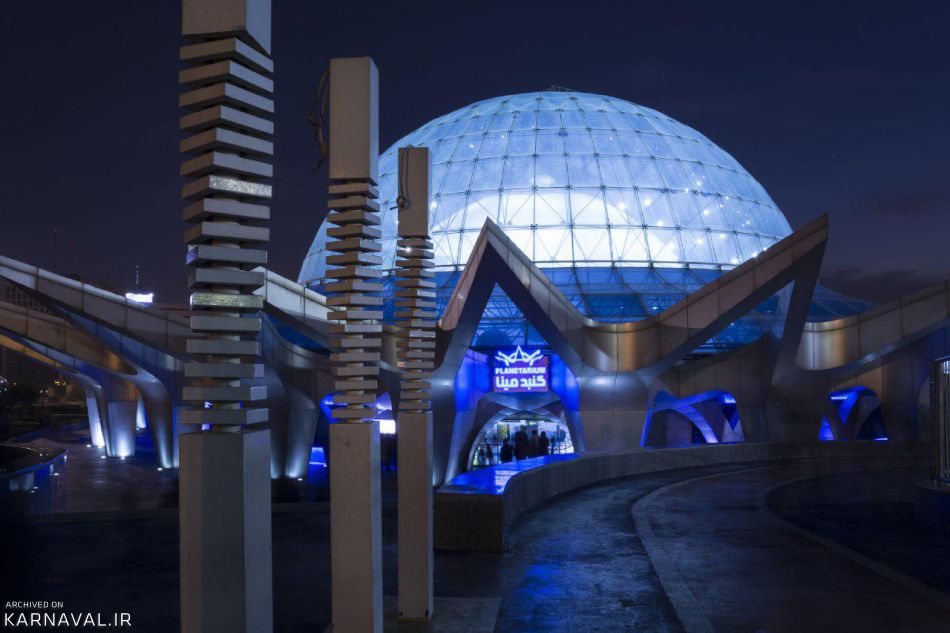
Dome of Mina
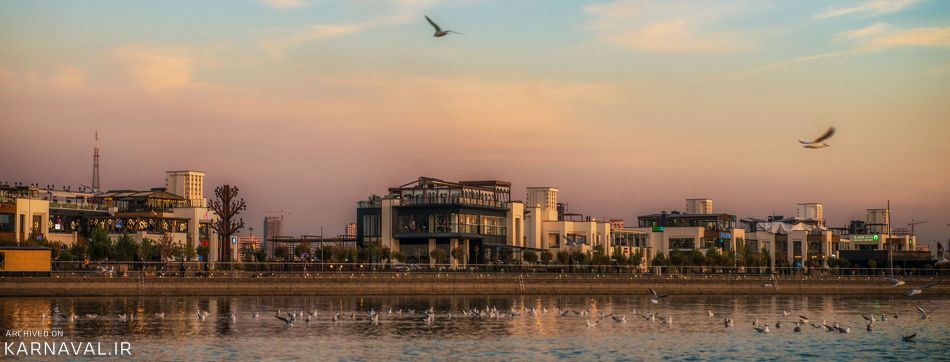
Land of Bam and Chitgar, Tehran
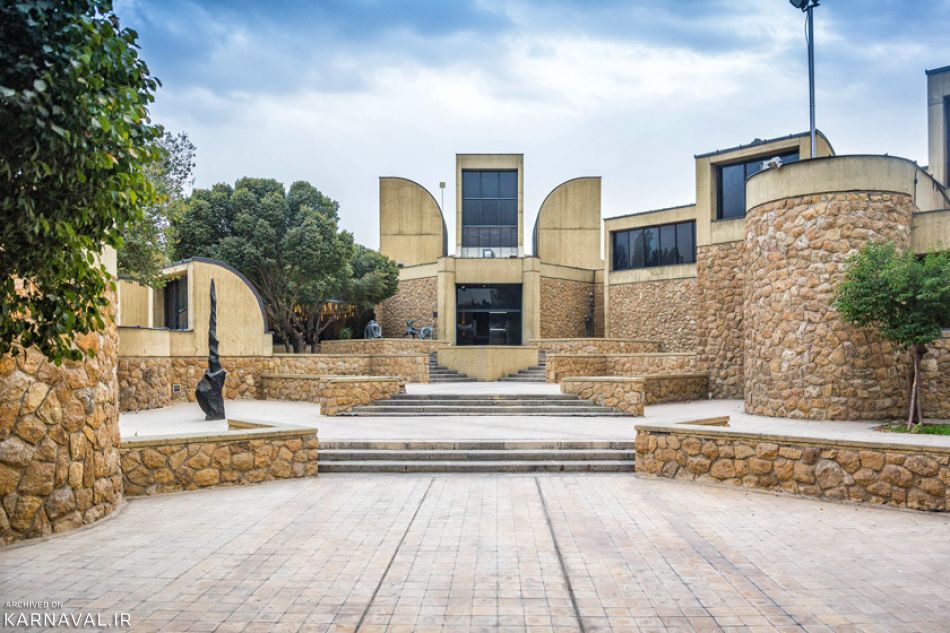
Contemporary Arts Museum

National Museum of Iran
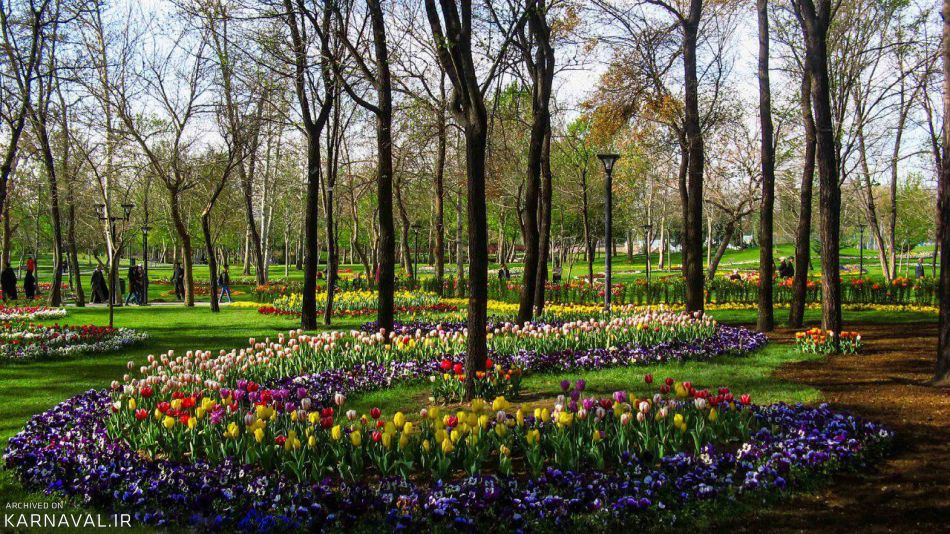
Milad Park
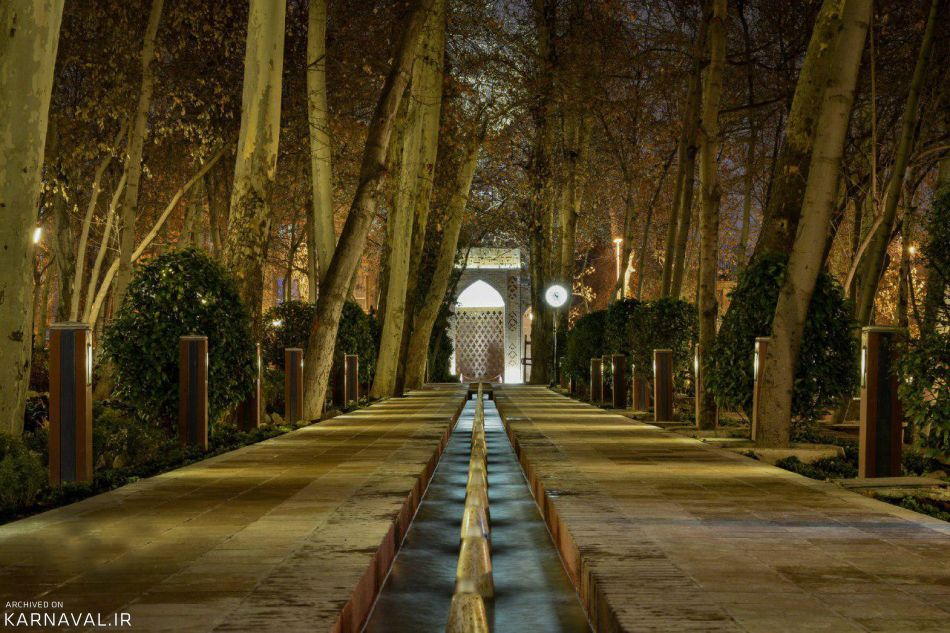
Persian Garden
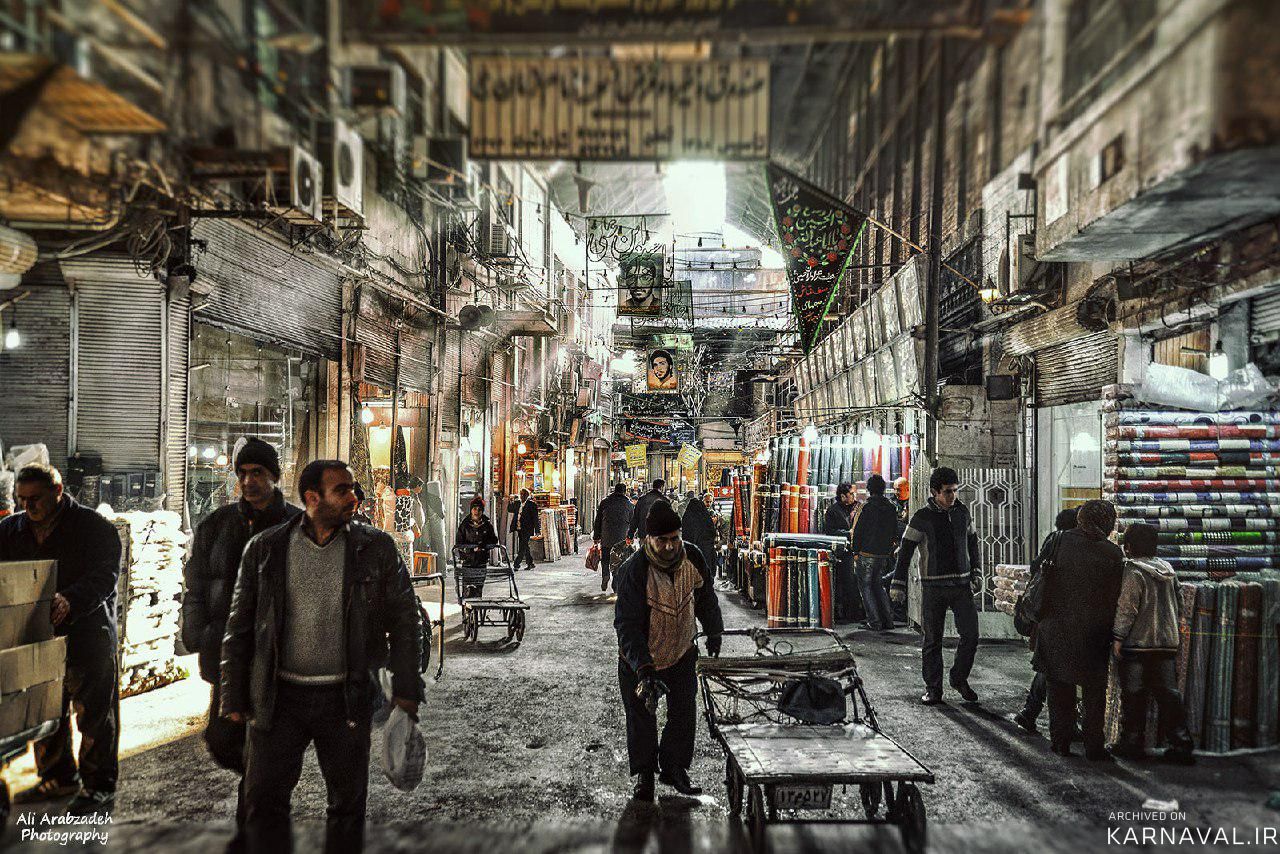
Historic Bazaar of Tehran
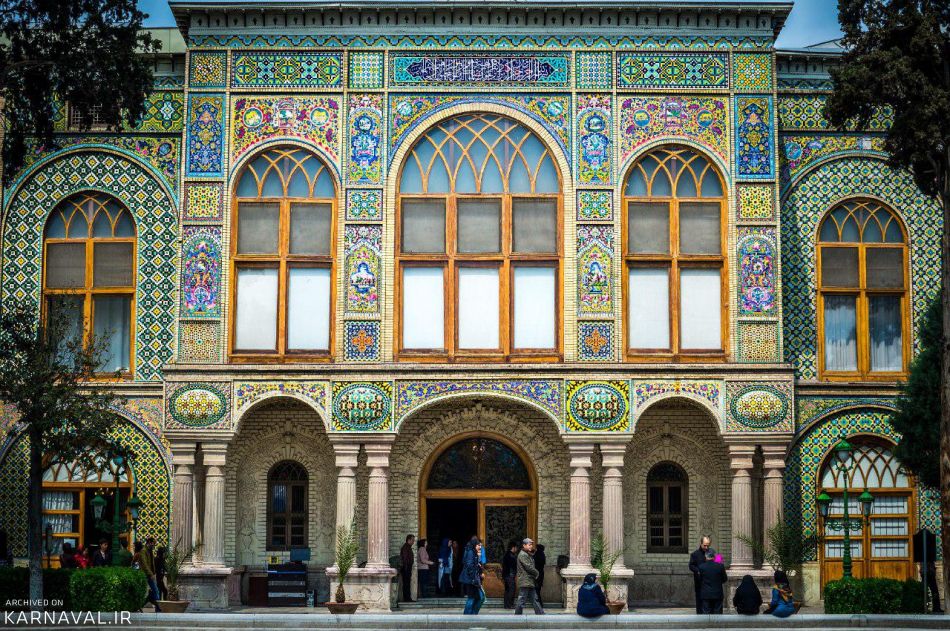
Shams Al-Emareh Mansion
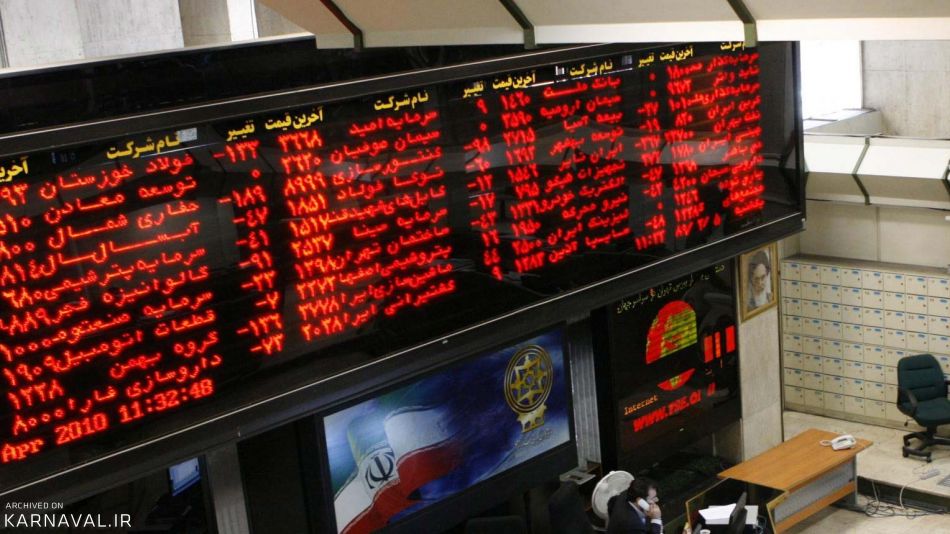
Tehran Stock Exchange
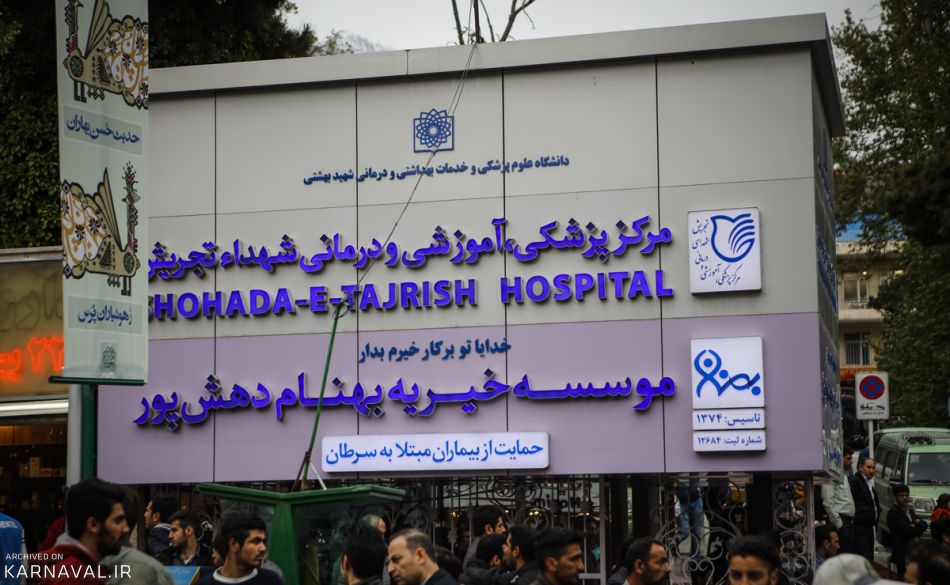
Hospitals in Tehran
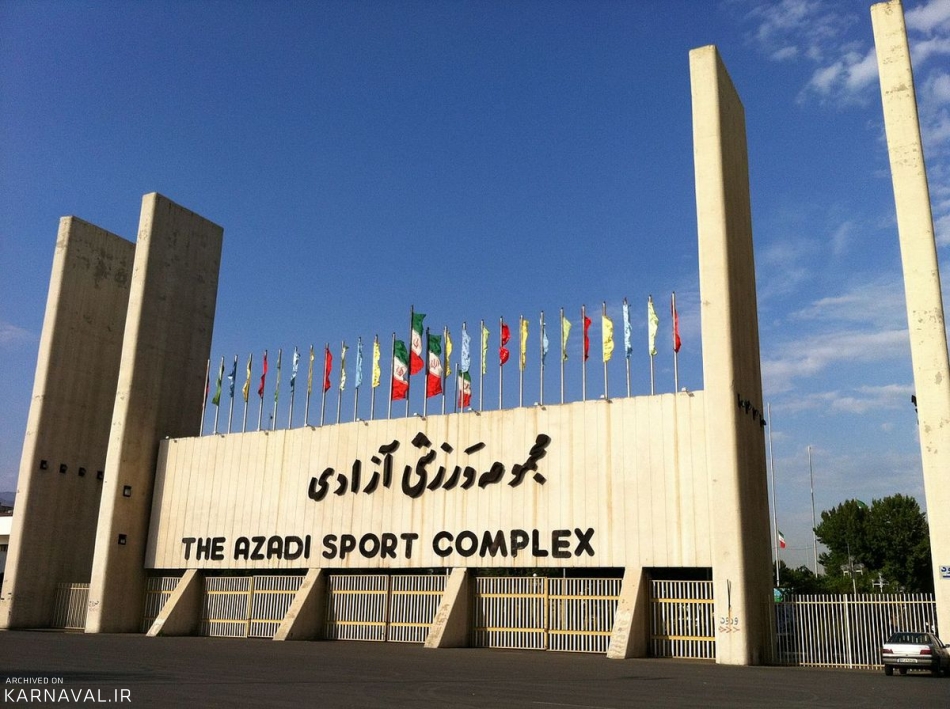
Azad Sports Complex
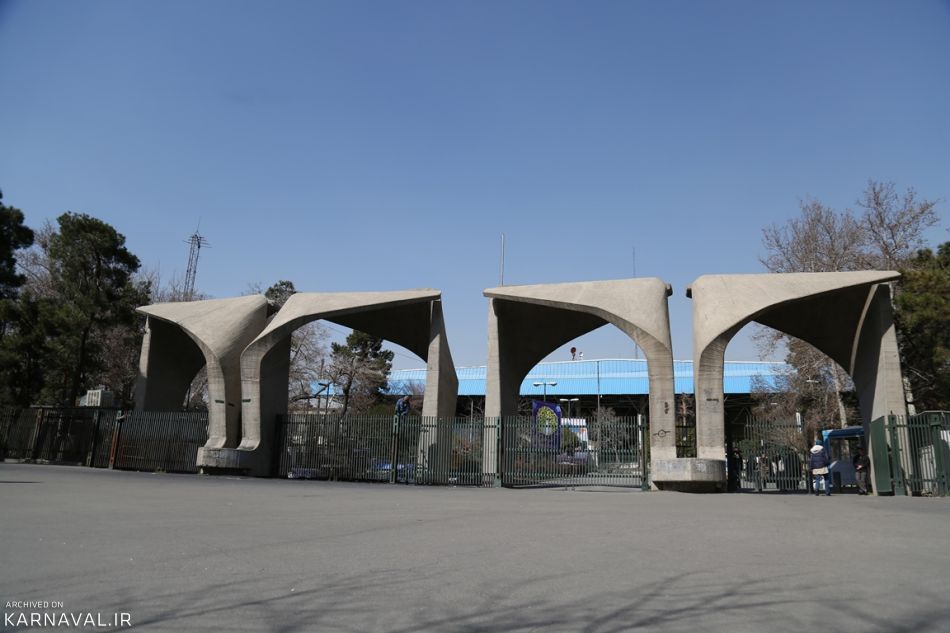
Tehran University

Milad Cinema Complex
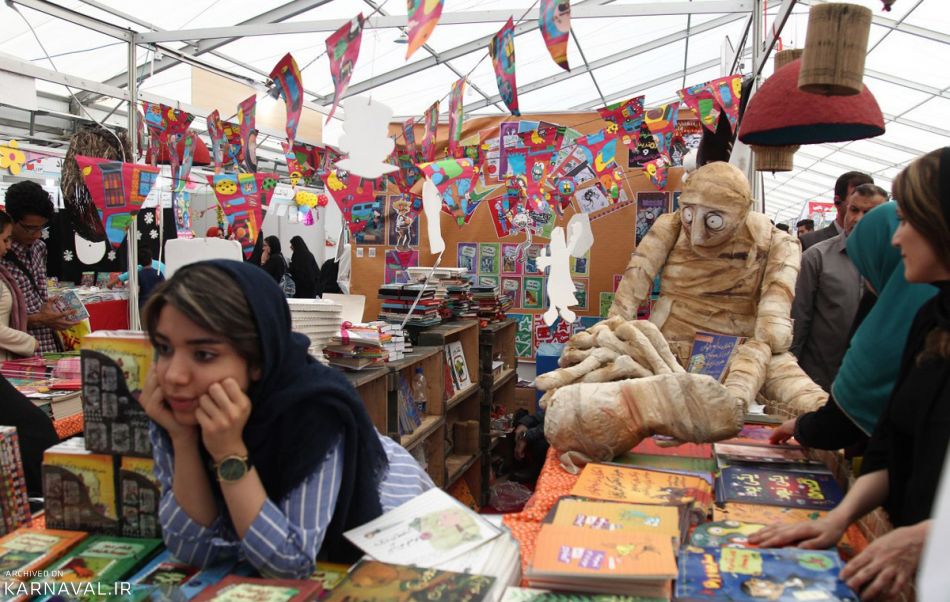
Book Fair
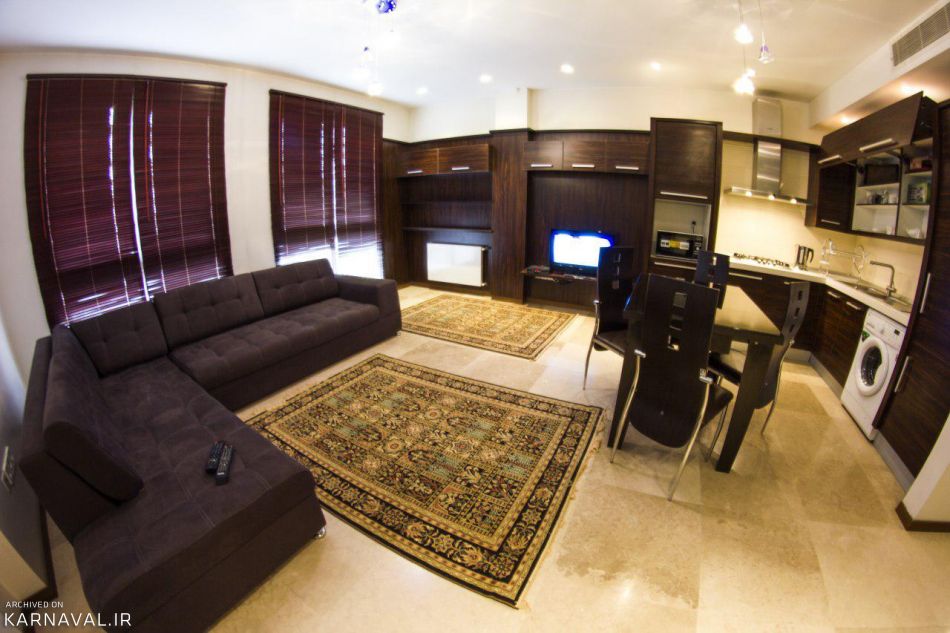
Rental Apartments in Tehran
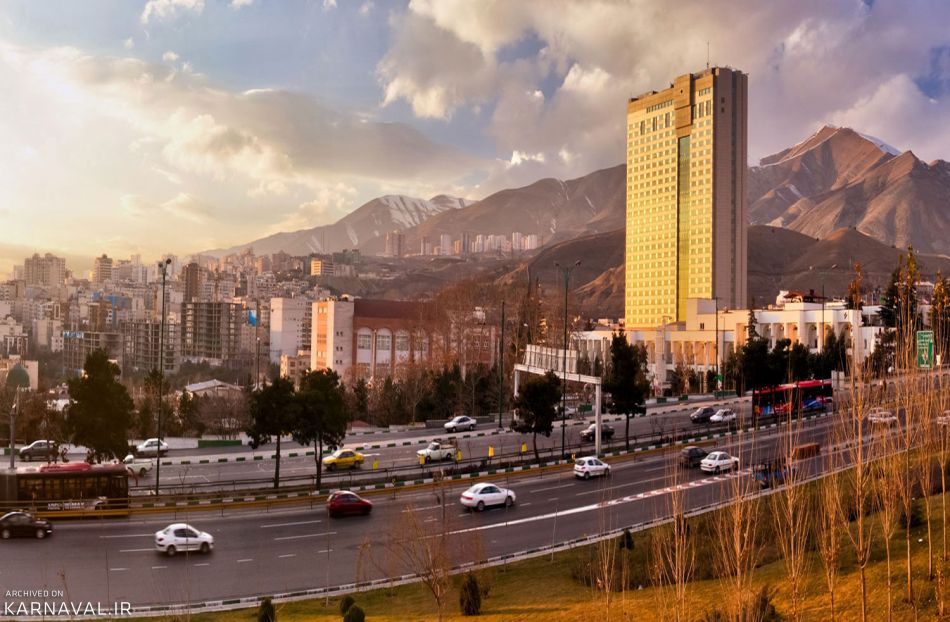
Staying in Tehran

Traditional Saffron Ice Cream
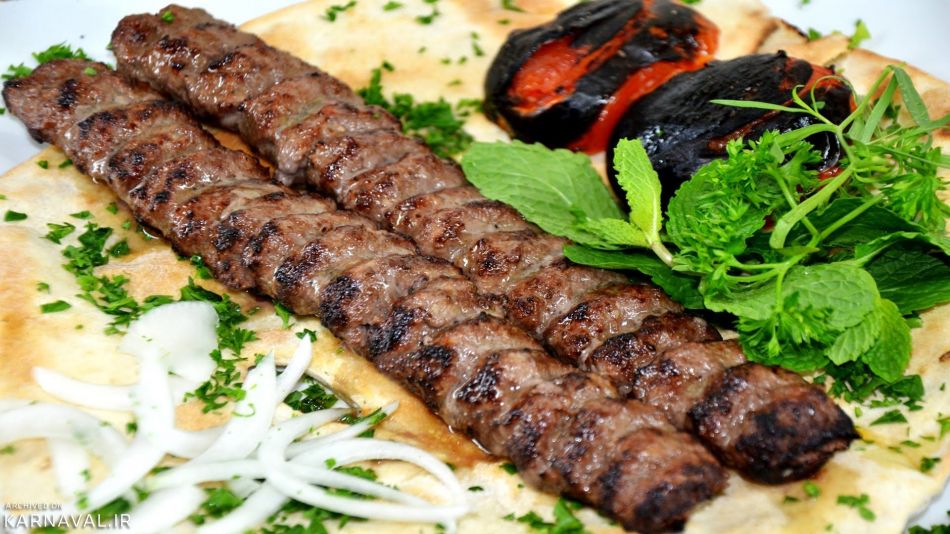
Iranian Chelo Kebab
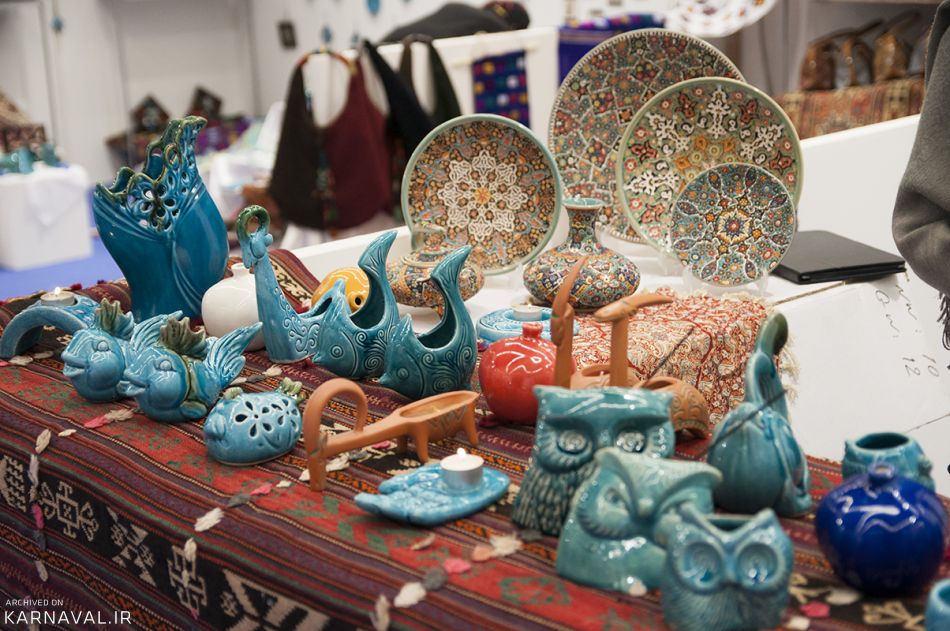
Handicraft Shops in Tehran
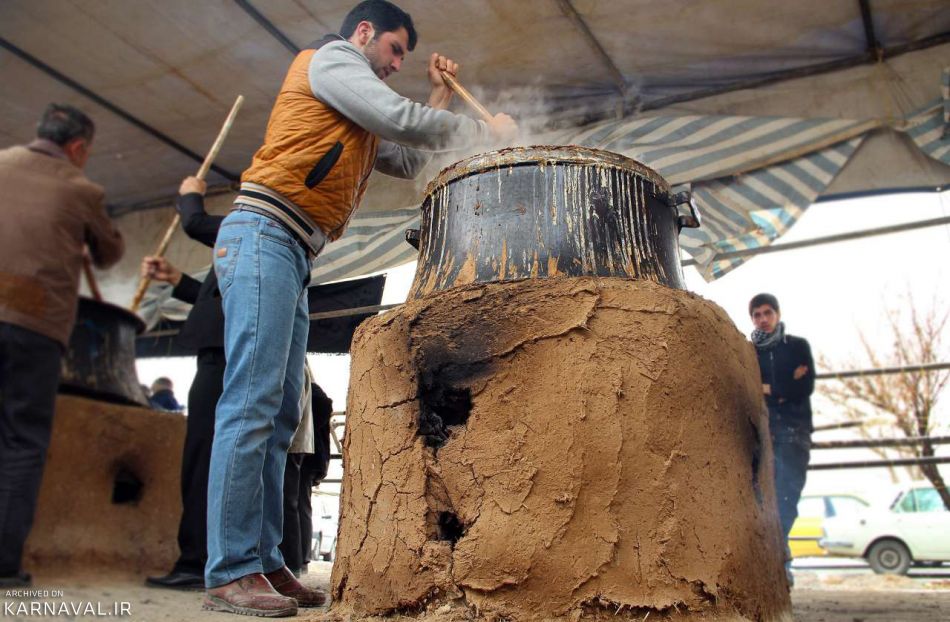
Samanou Cooking
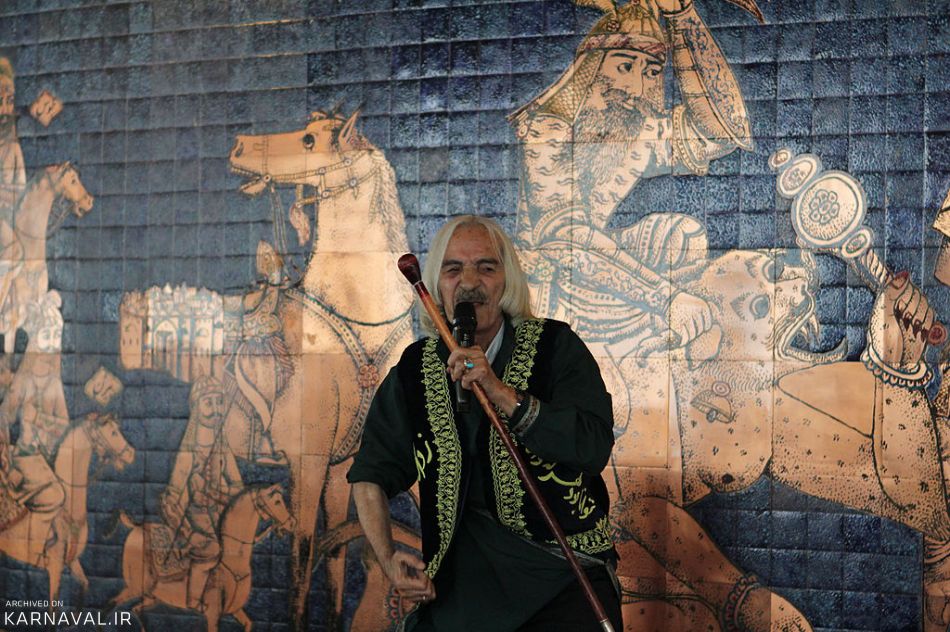
Naghali (Storytelling)
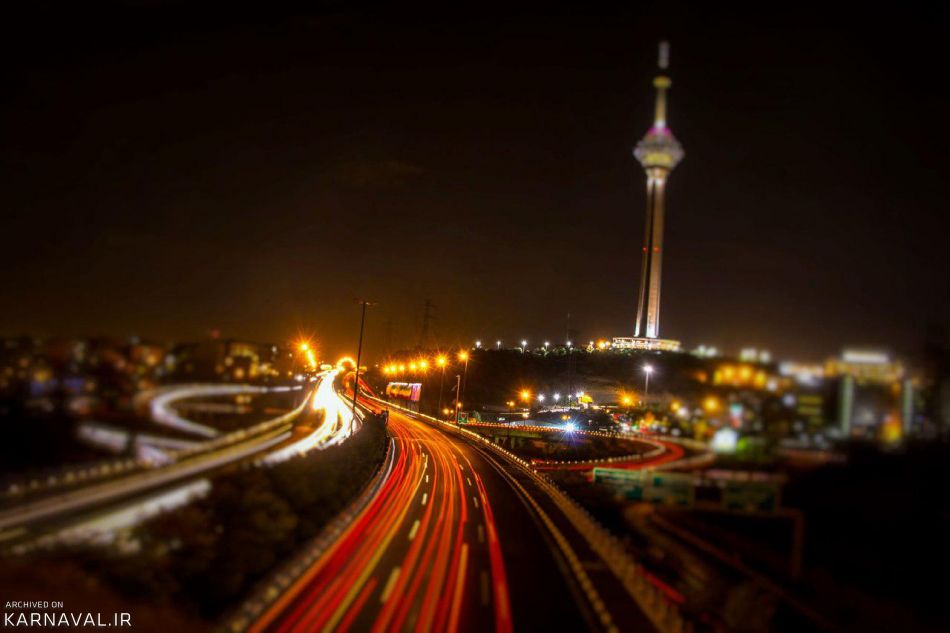
Milad Tower
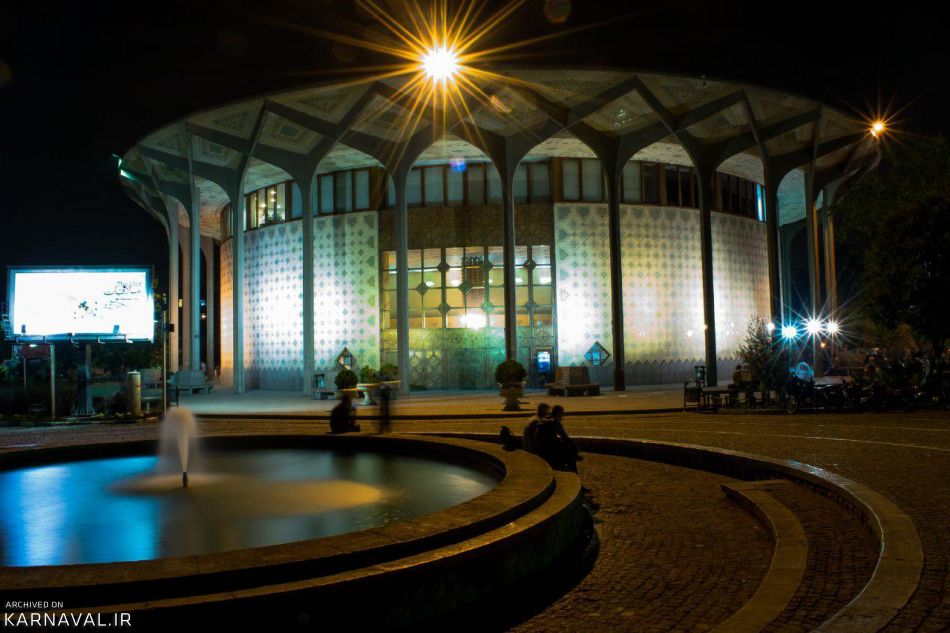
City Theatre
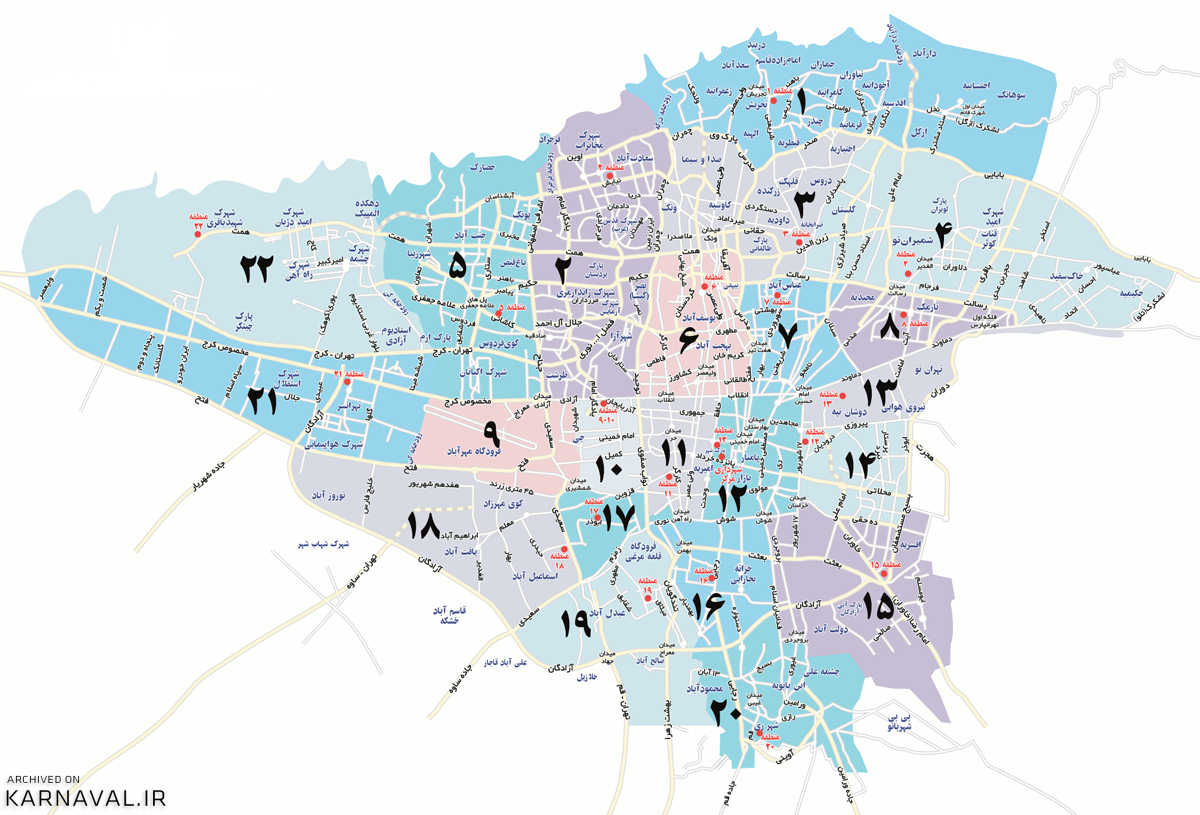
Map of Tehran
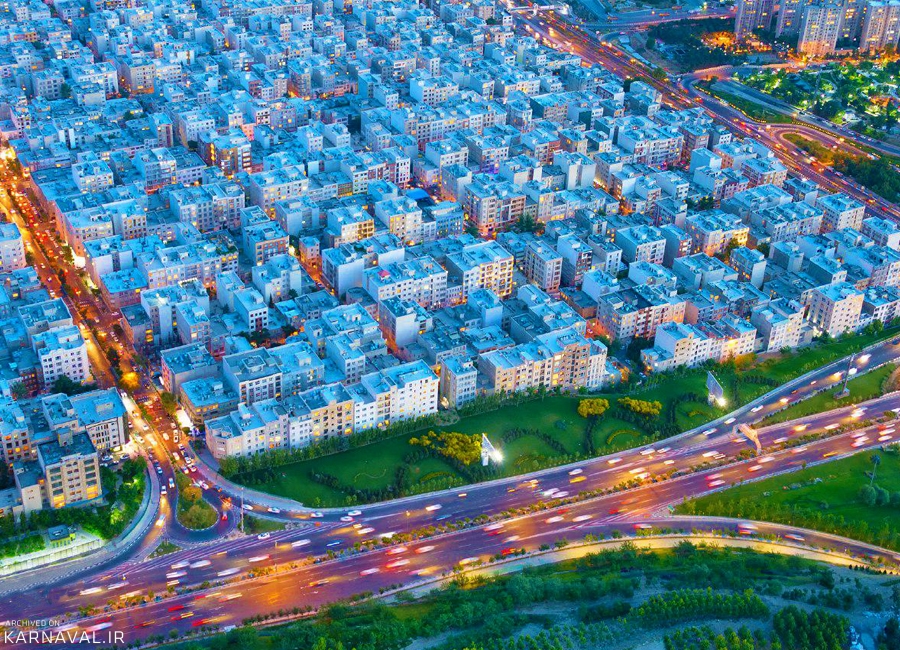
Tehran City
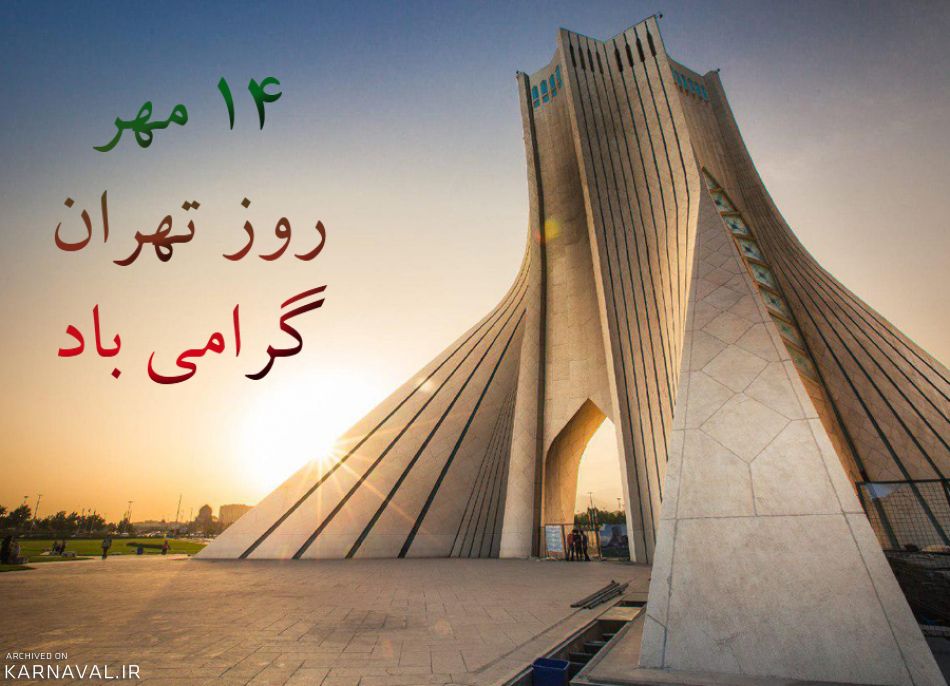
Tehran Day
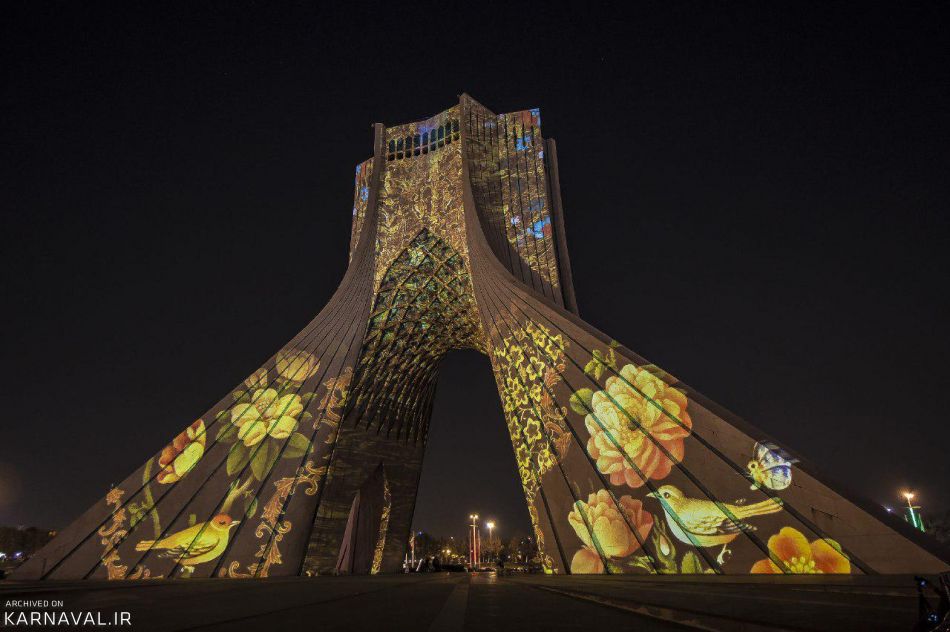
Azadi Tower
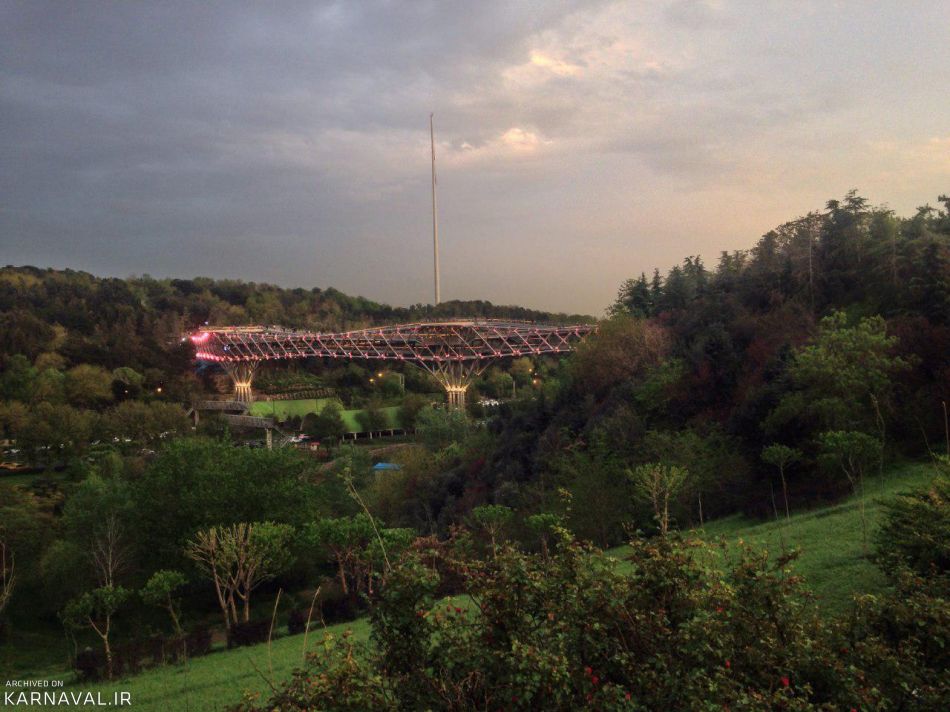
Nature Bridge
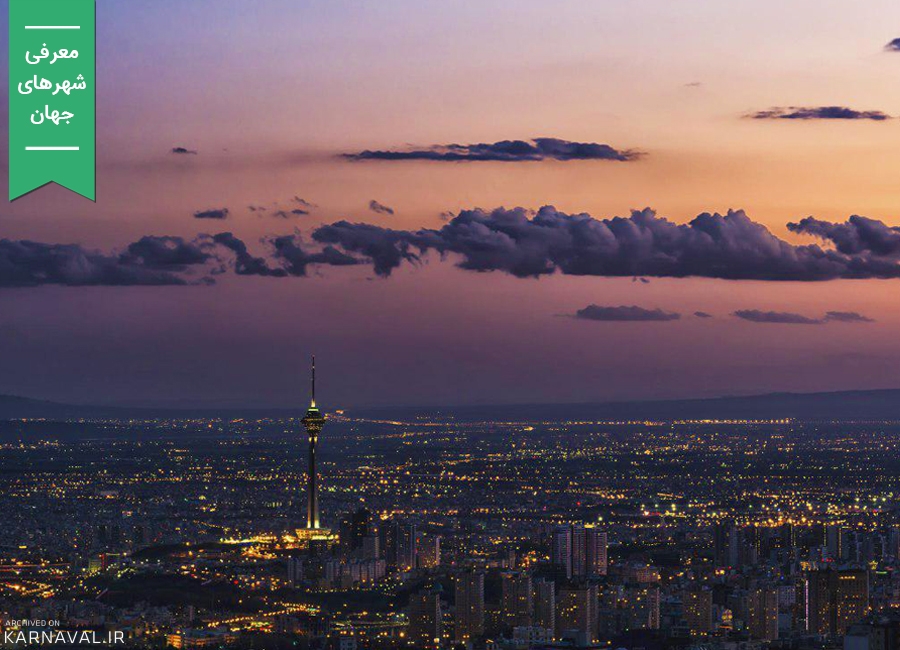
Tehran City

Air Pollution in Tehran
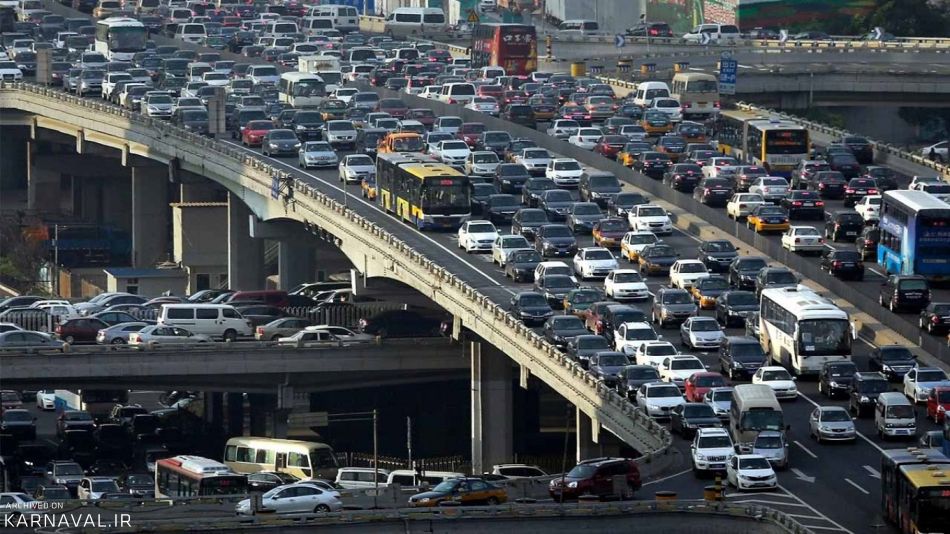
Traffic in Tehran

Tehran from the Rooftop of Tehran

Old Map of Tehran

Old Photo of Tajrish Square

Old Photo of Topkhaneh Square

Valiasr Street in 1936

Old Photo of Imam Khomeini Square

Old Photo of Shemiran Gate

Tehran, Capital of Iran

Tehran Bus

Touhid Tunnel

Address: Soft Computing Center, Faculty of Mathematical Sciences, Shahid Beheshti University, Shahid Shahriyari Square, Evin, Tehran, Iran
Postal Code: 1983969411
University Home Phone: 29901- +9821
Secretariat Phone: 29902904- +9821
Fax: 22431607- +9821
Email: cfis2025@sbu.ac.ir


















